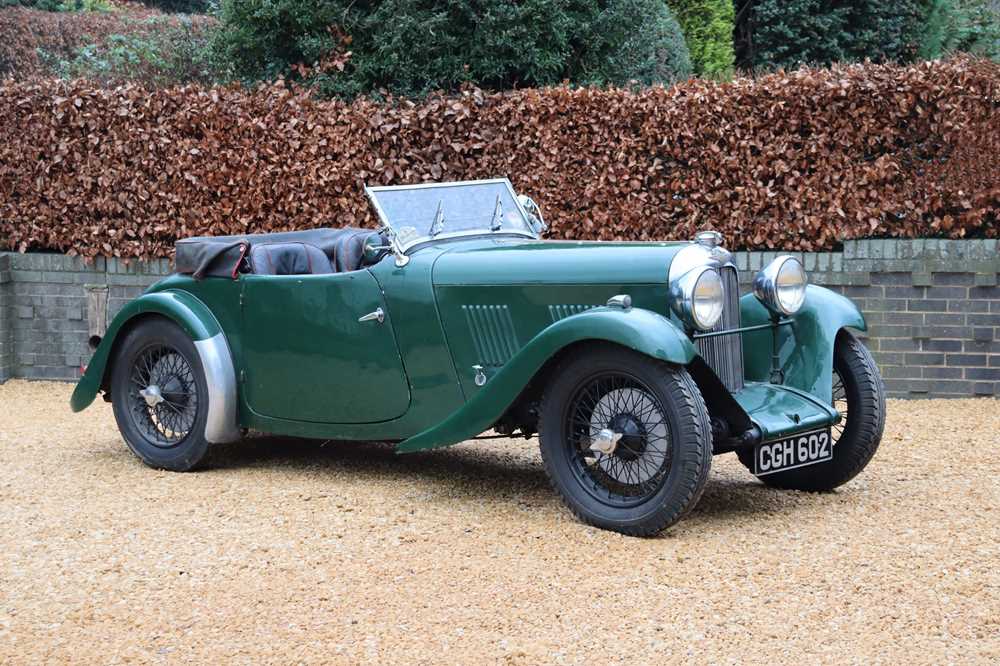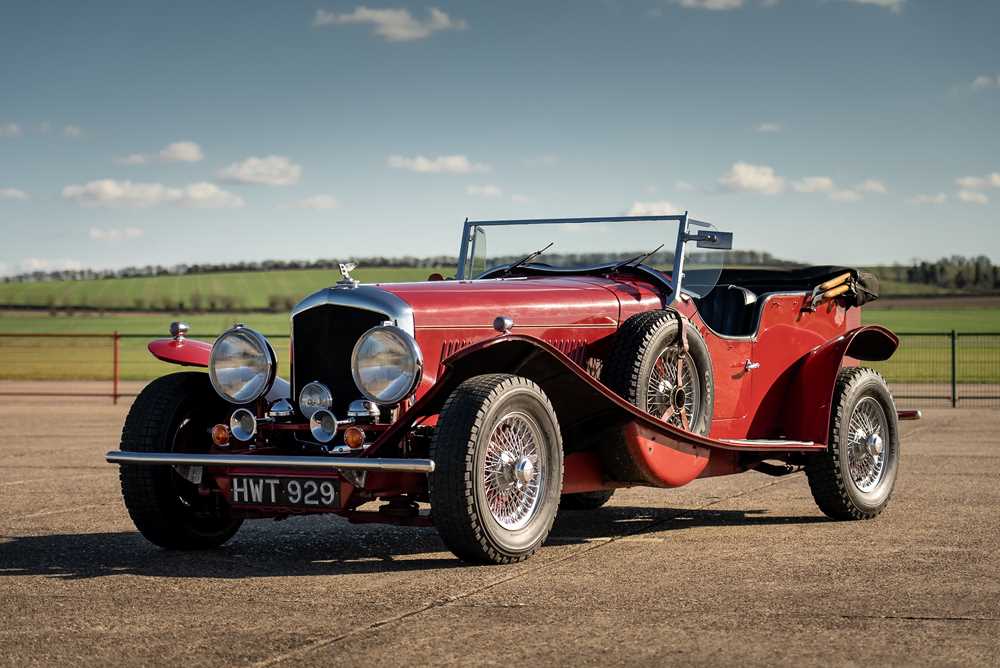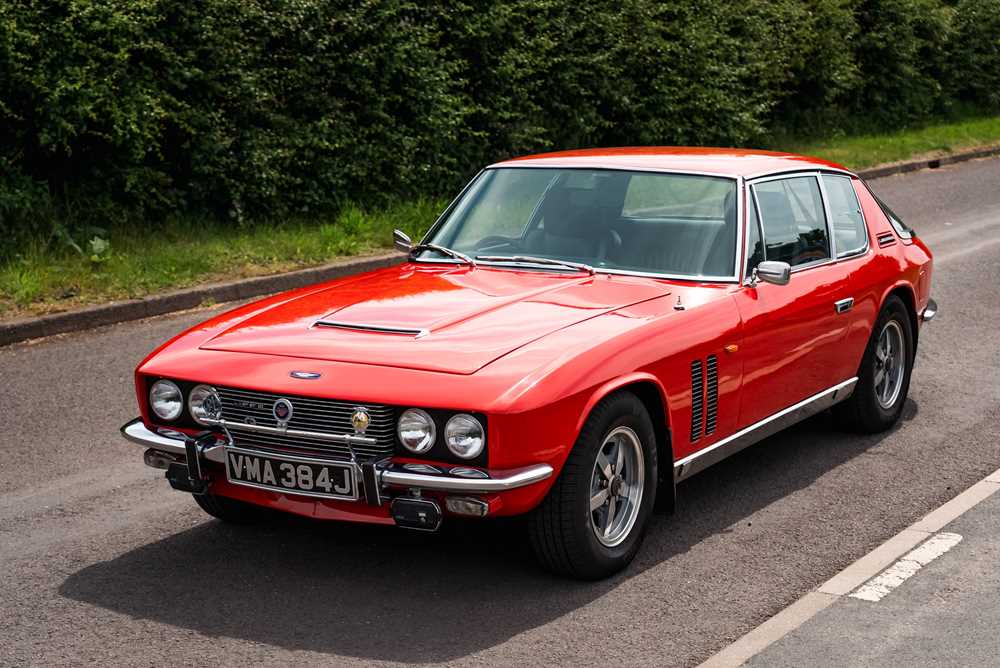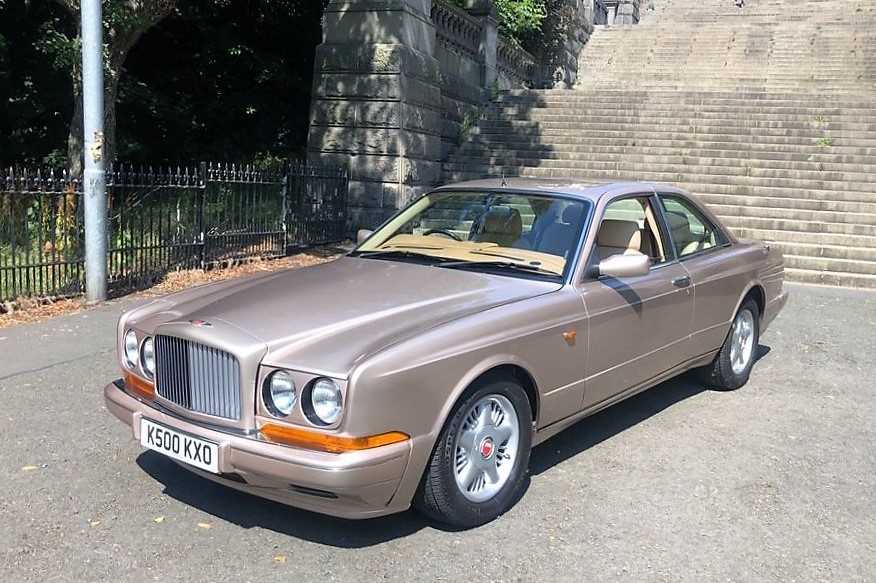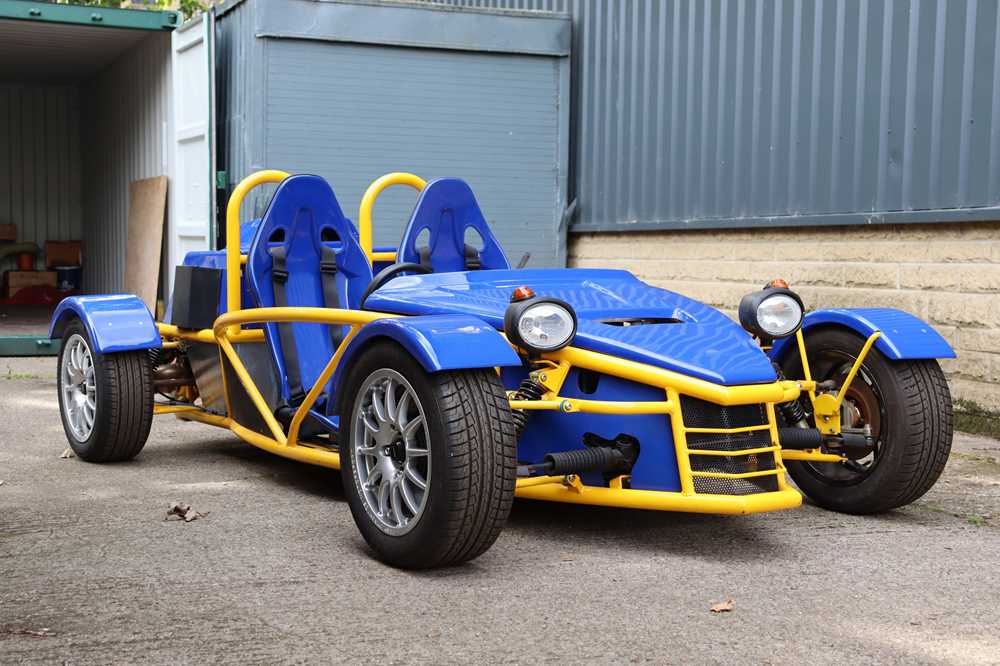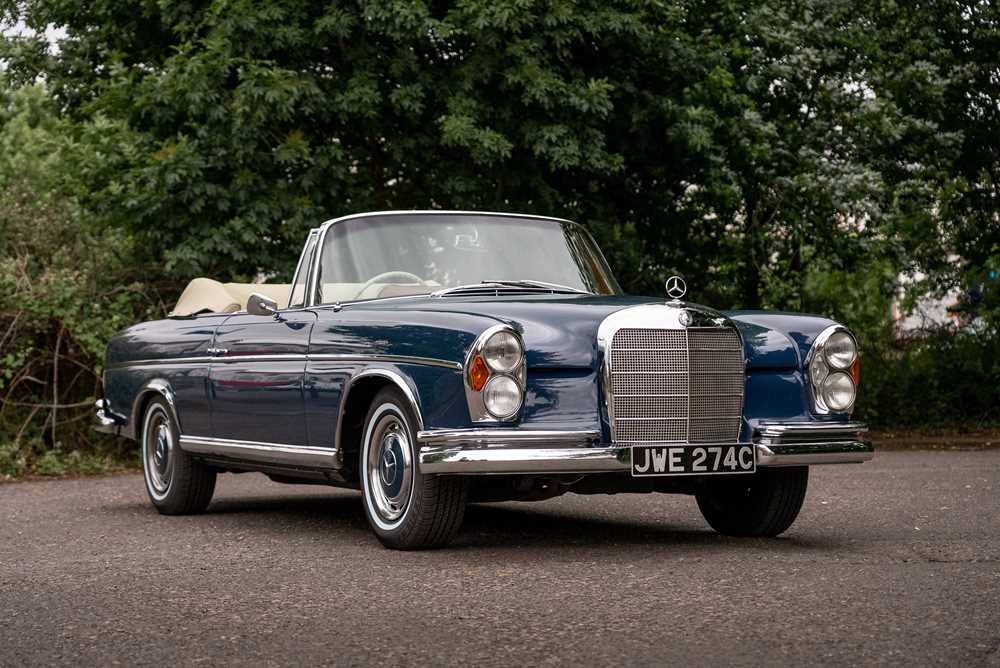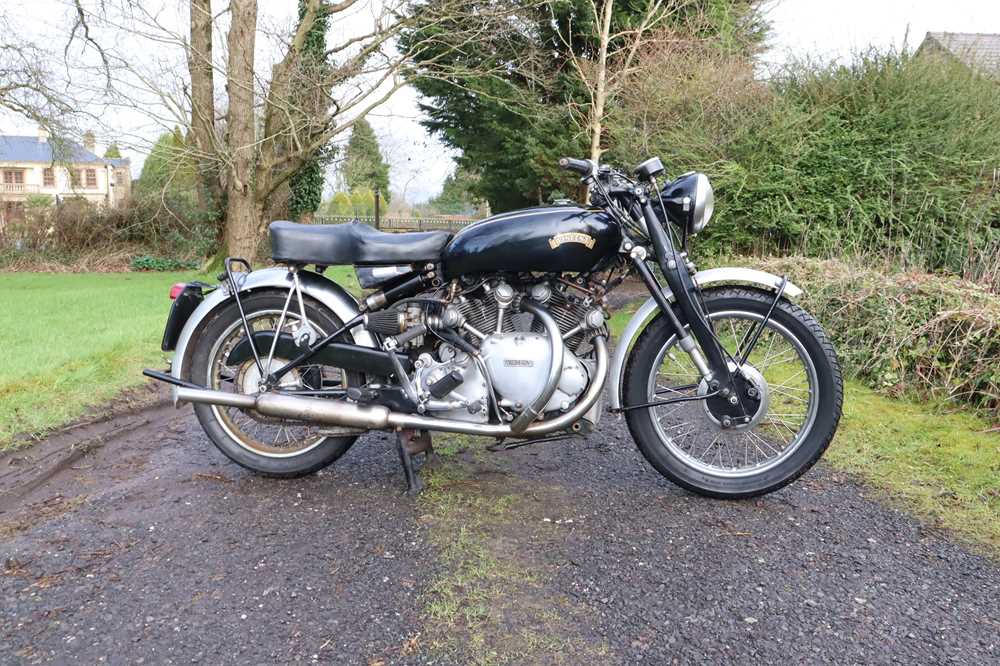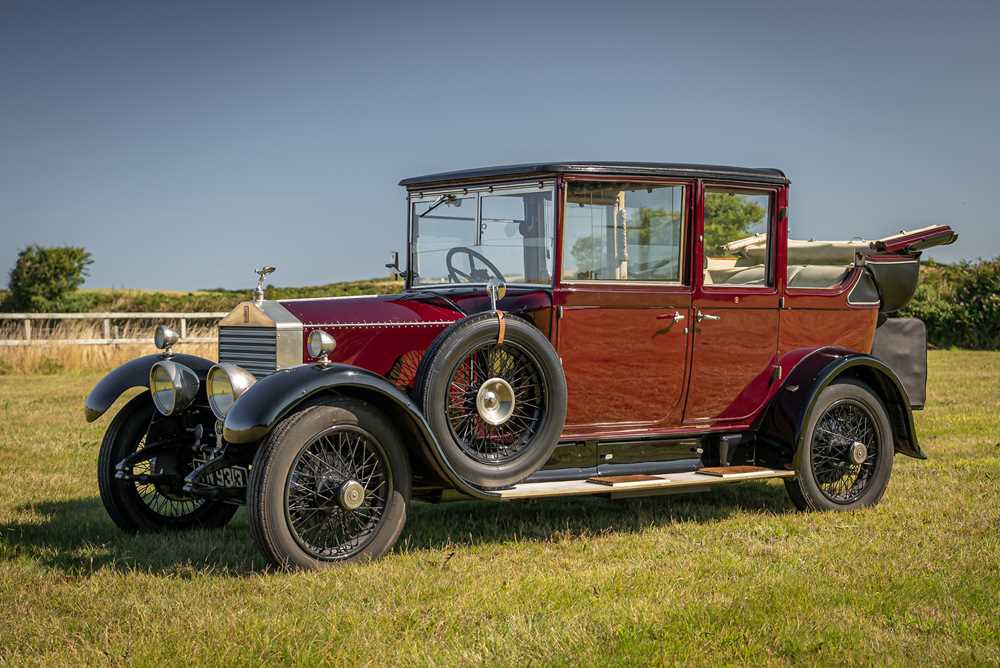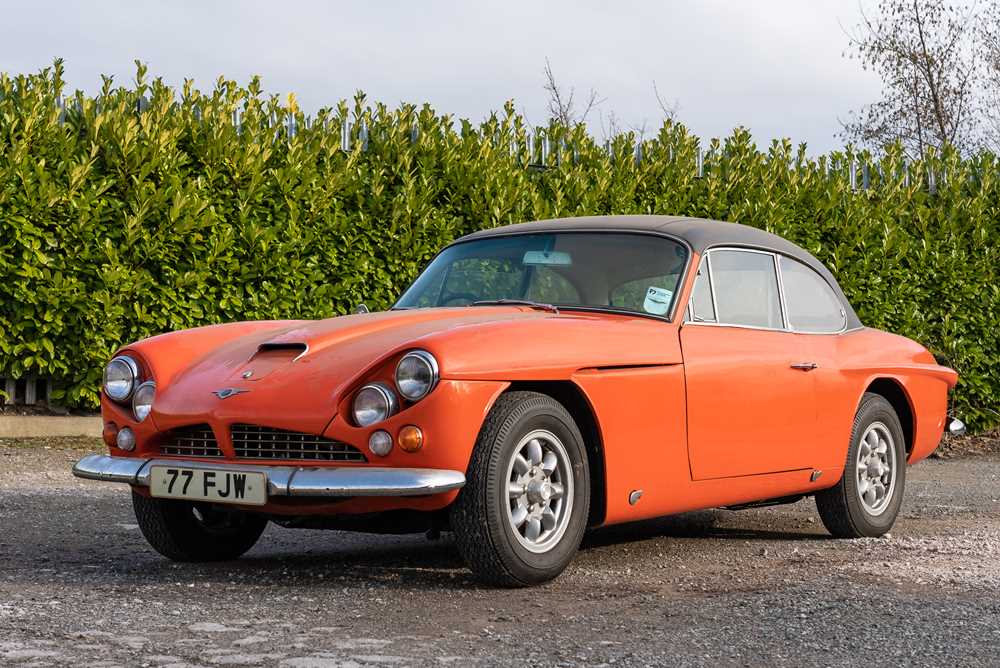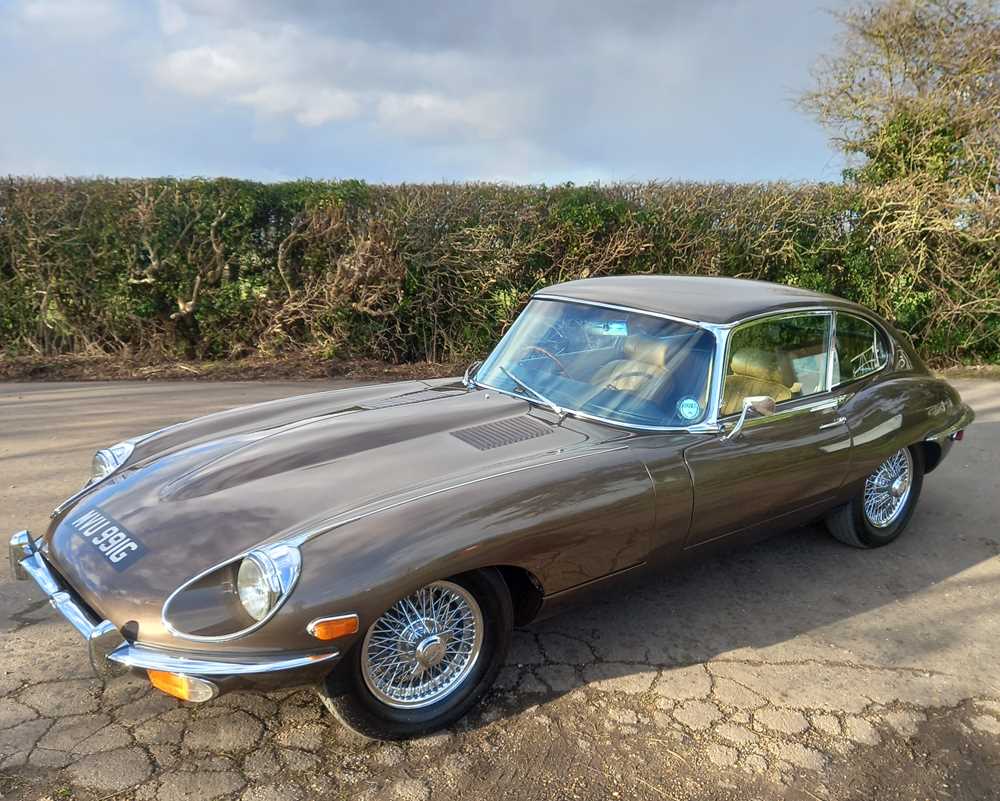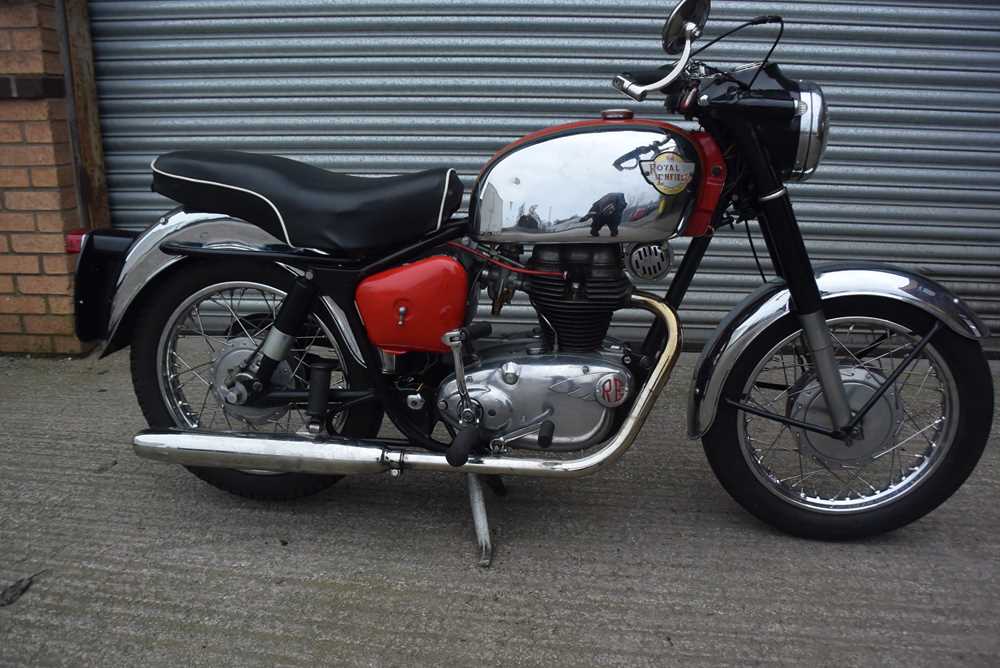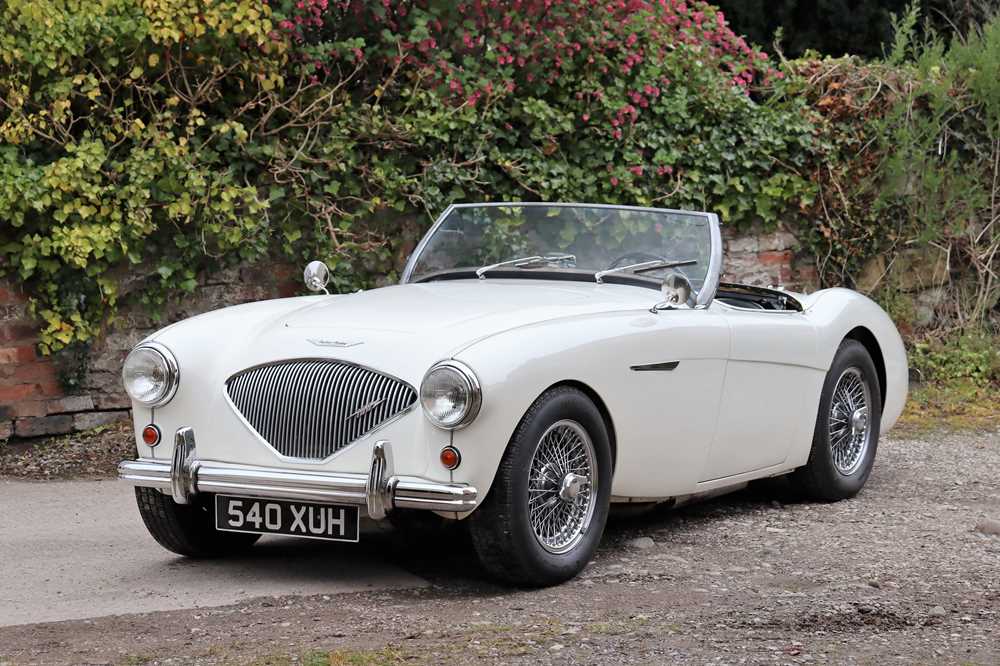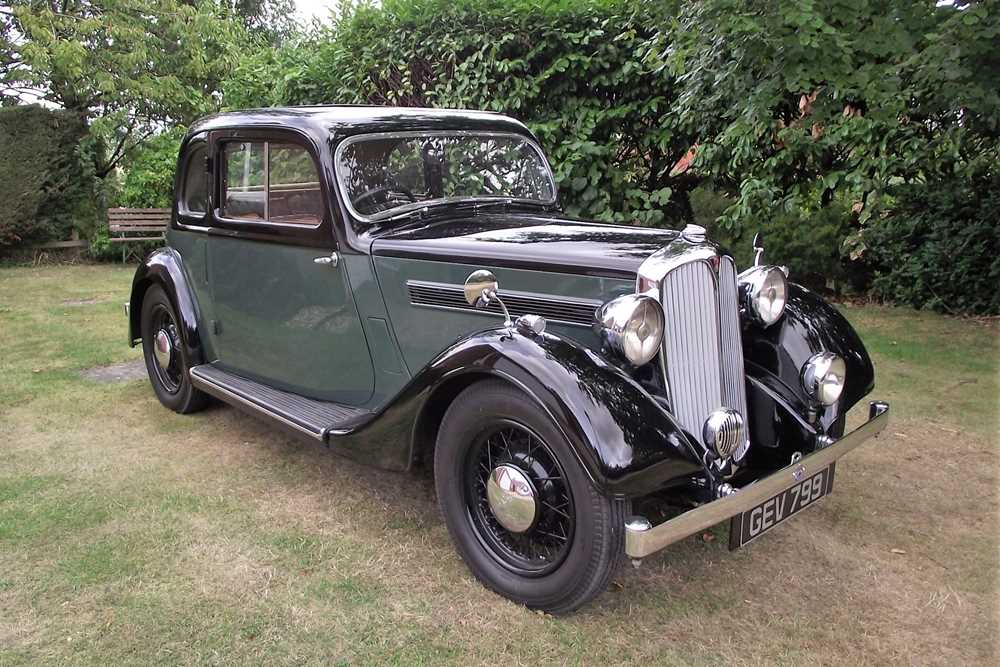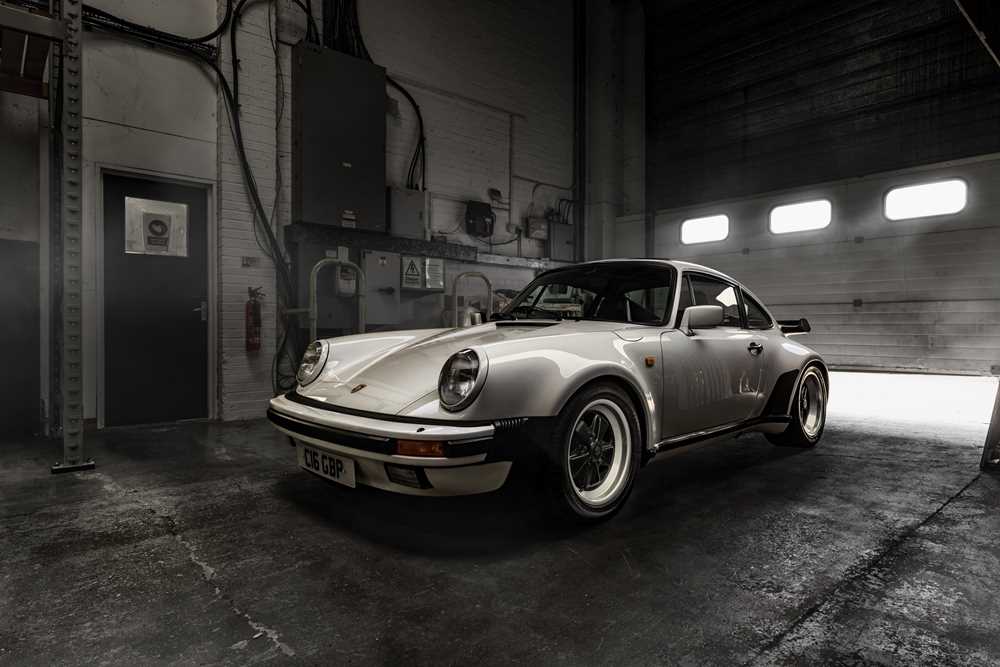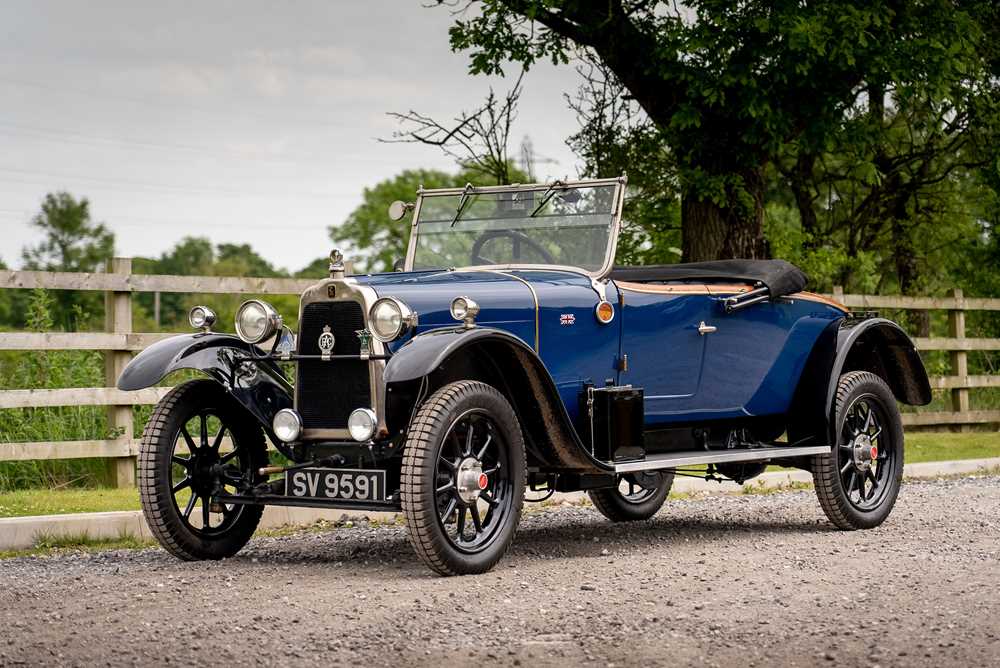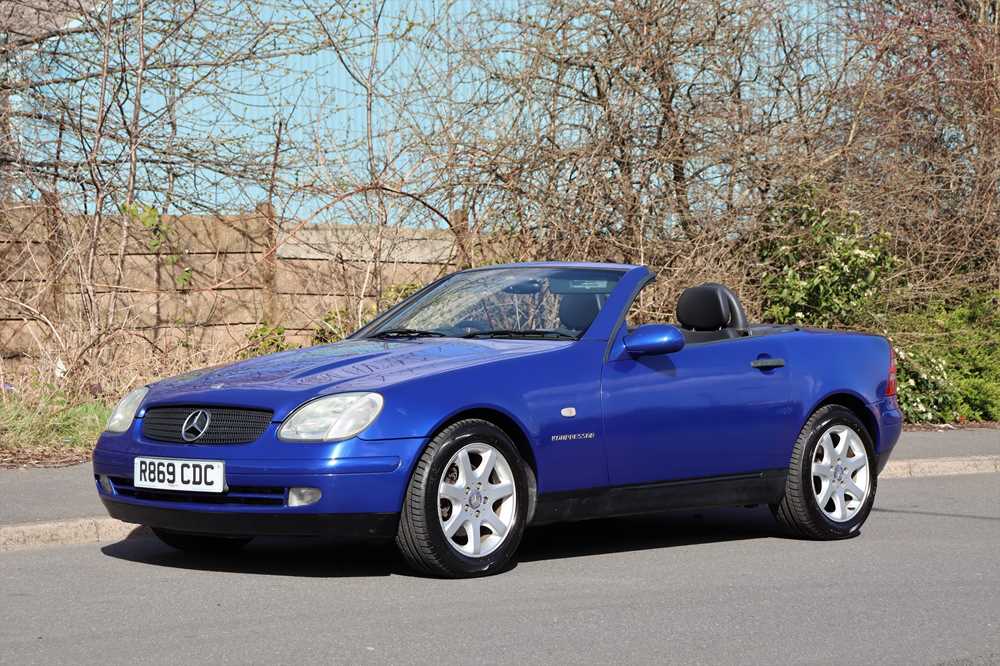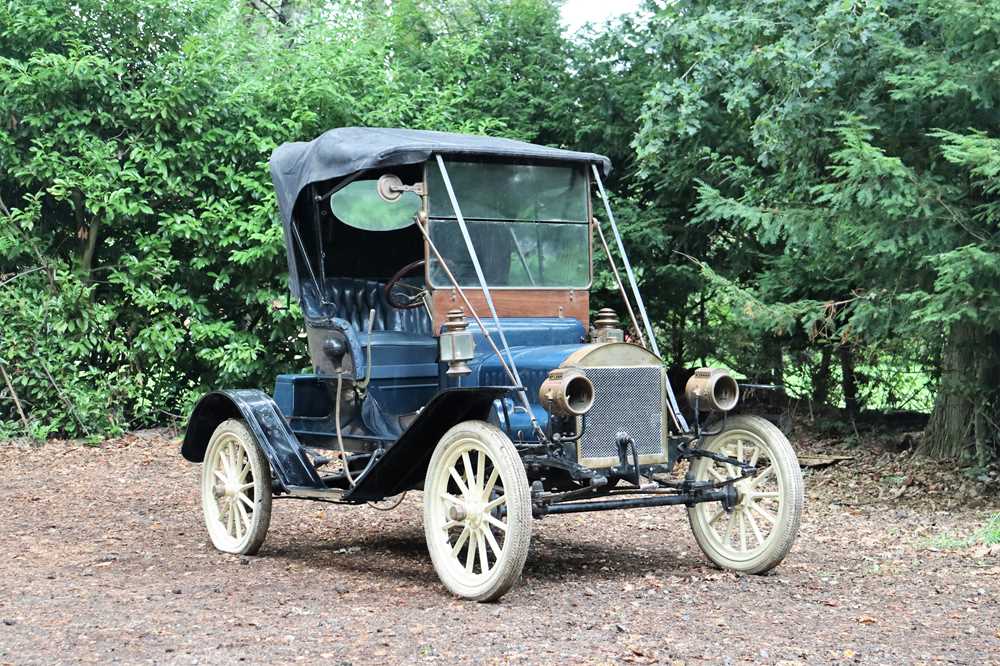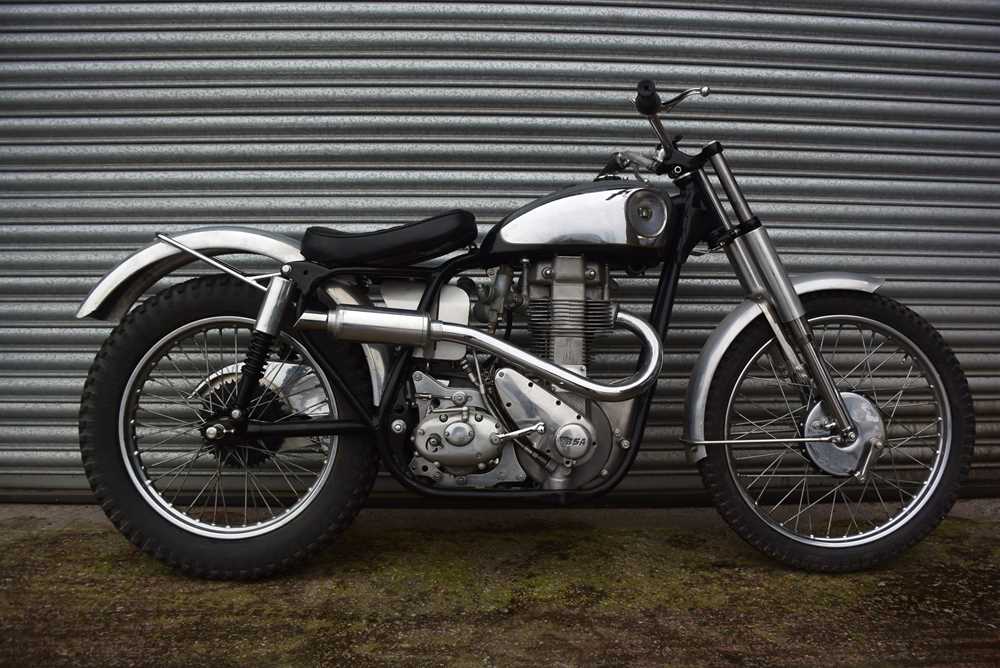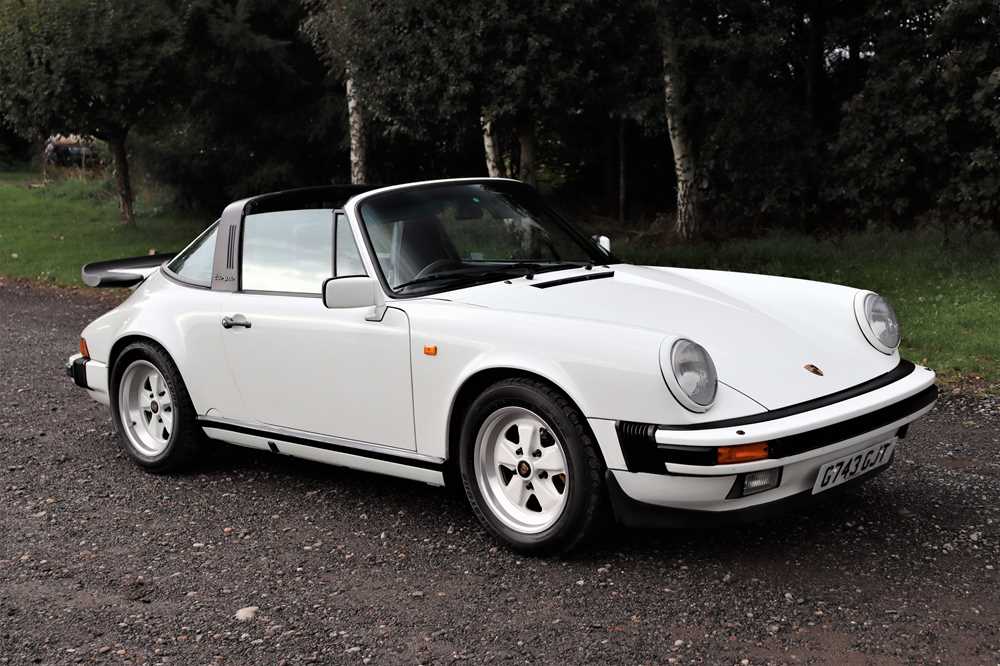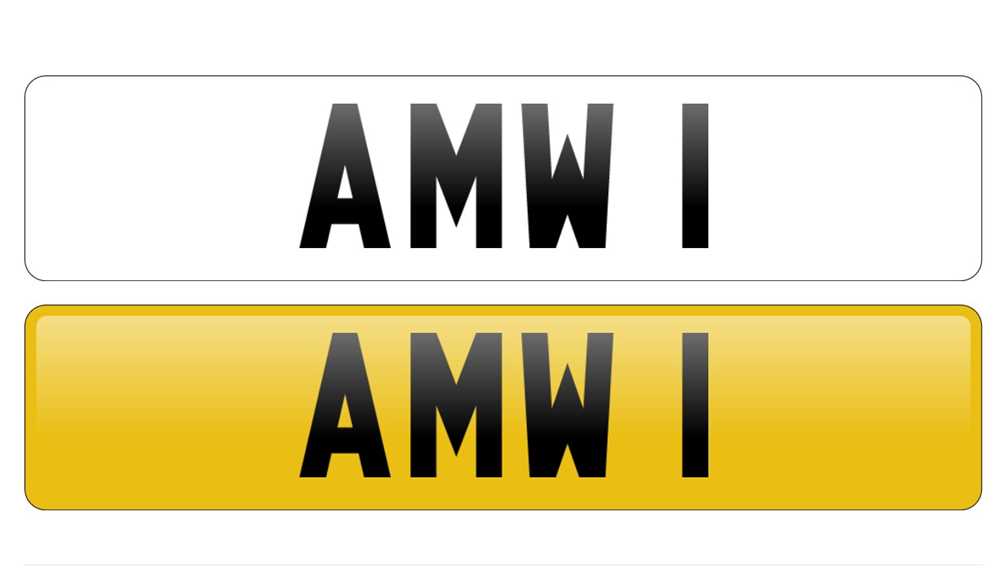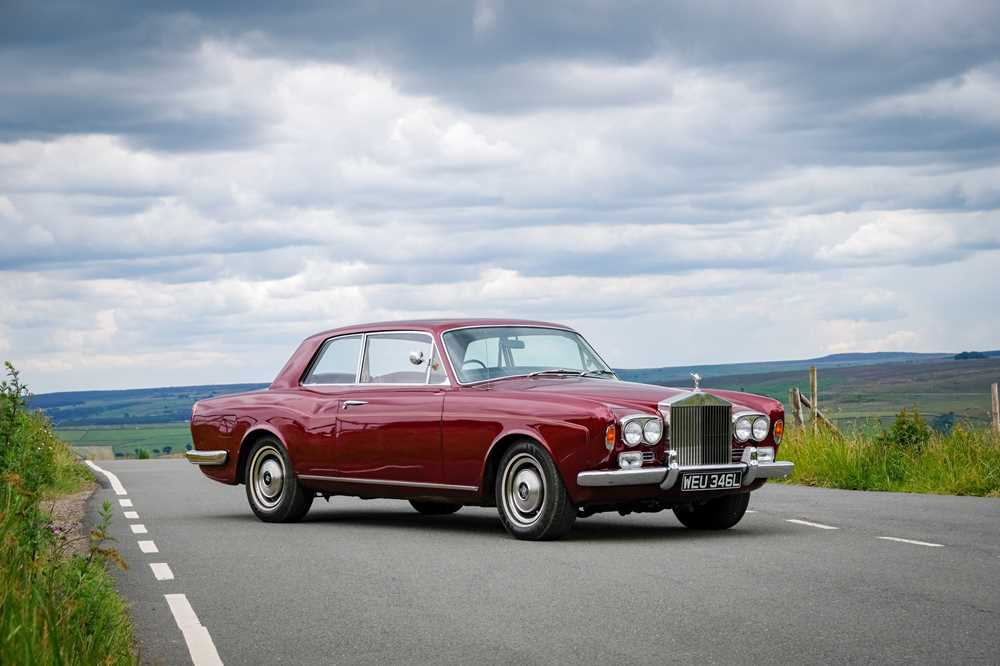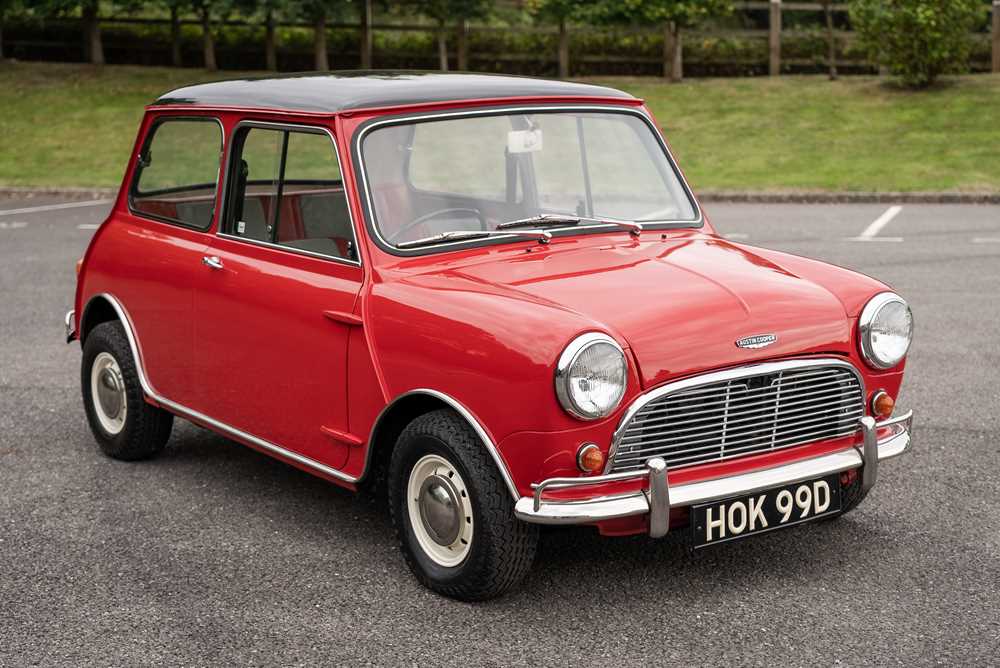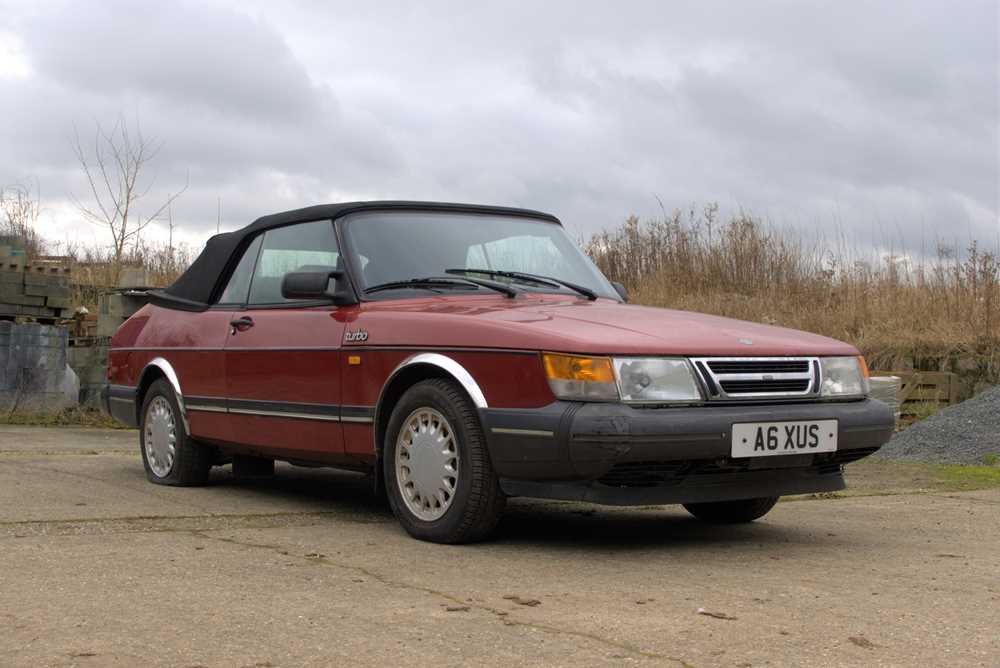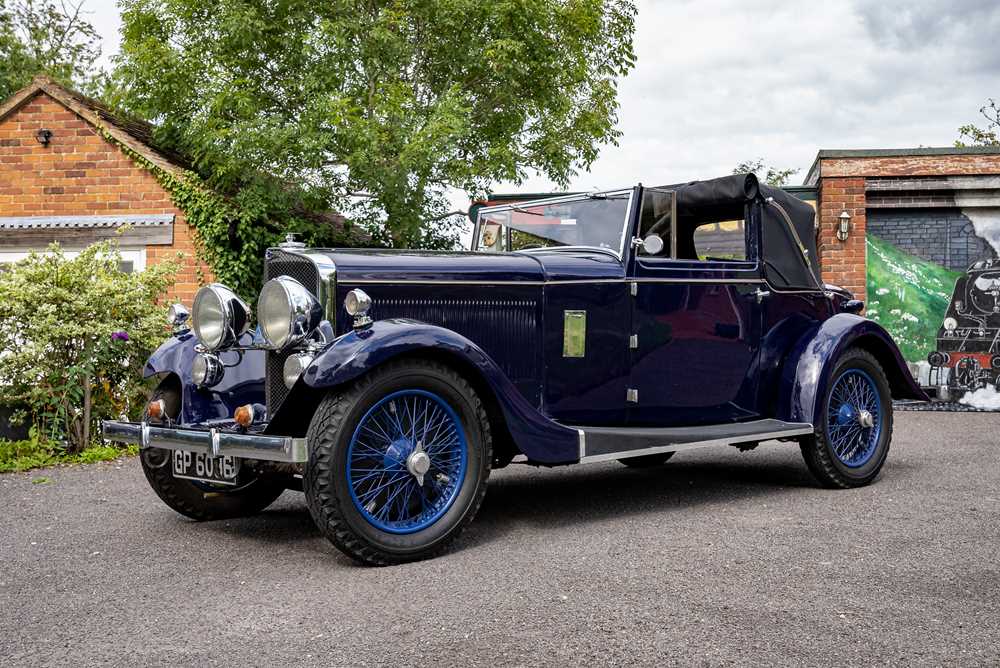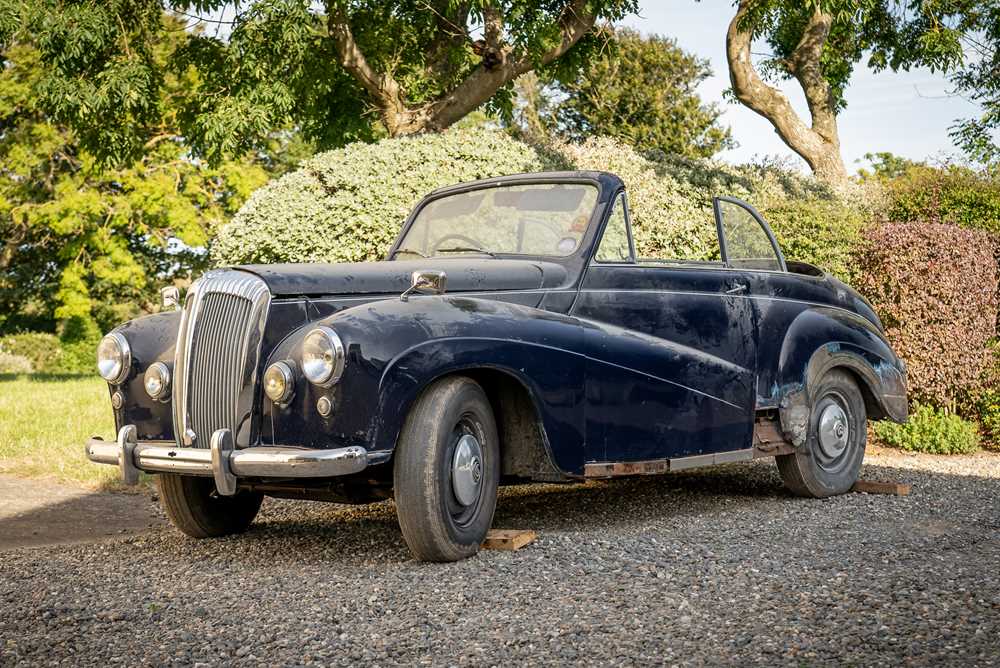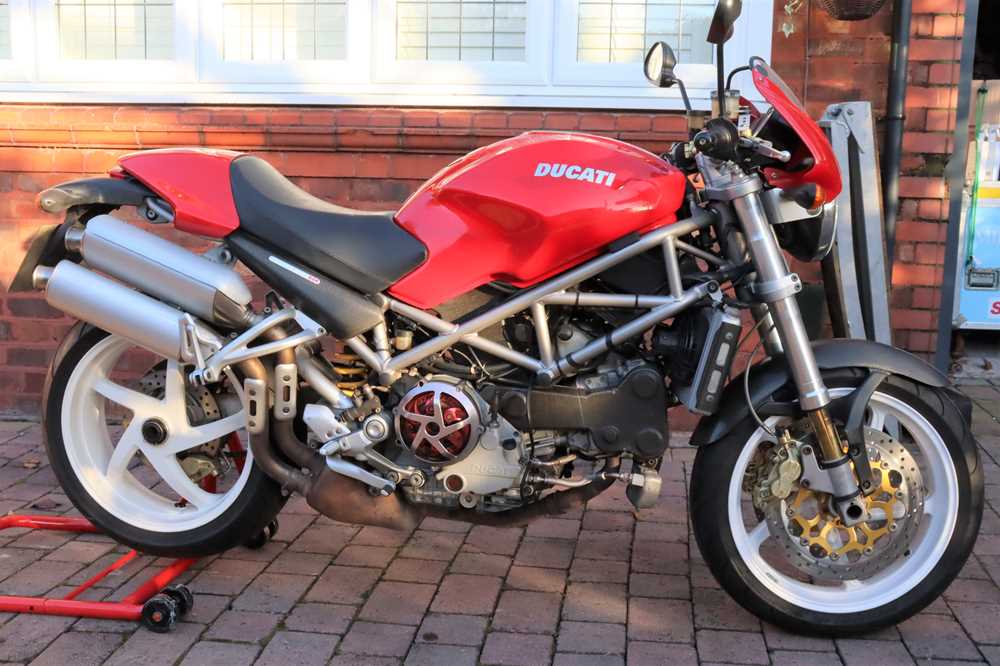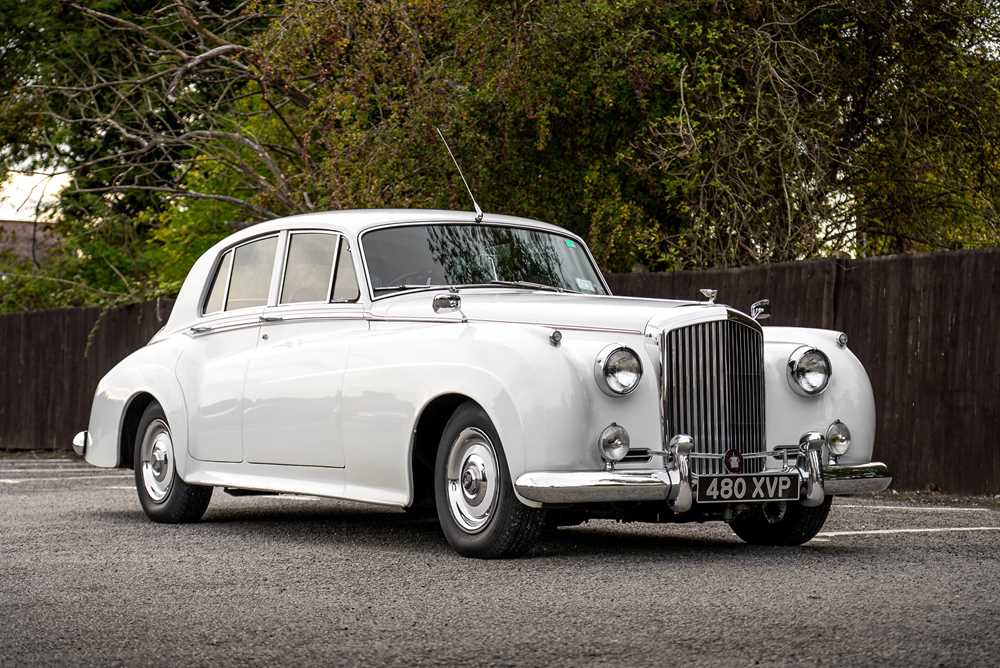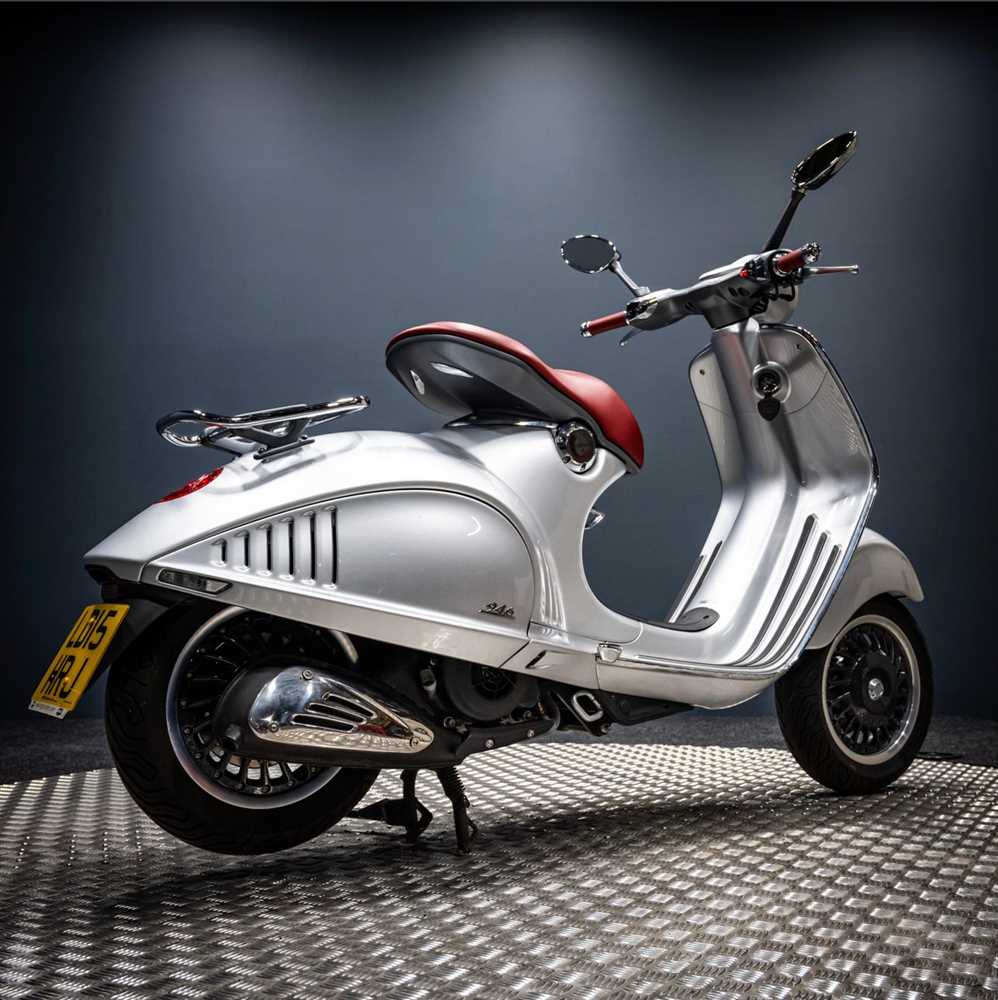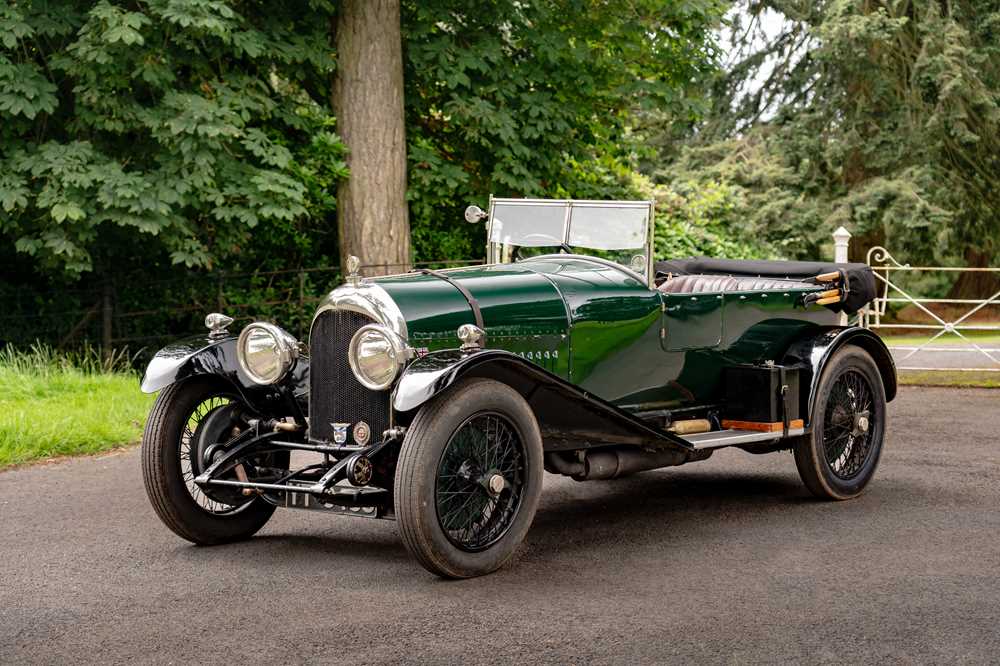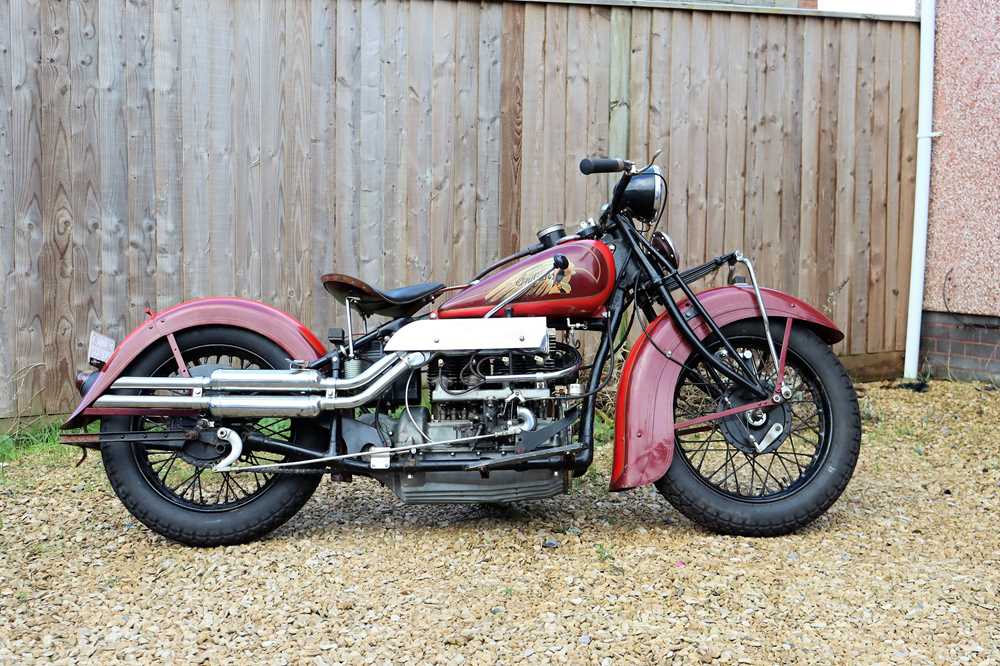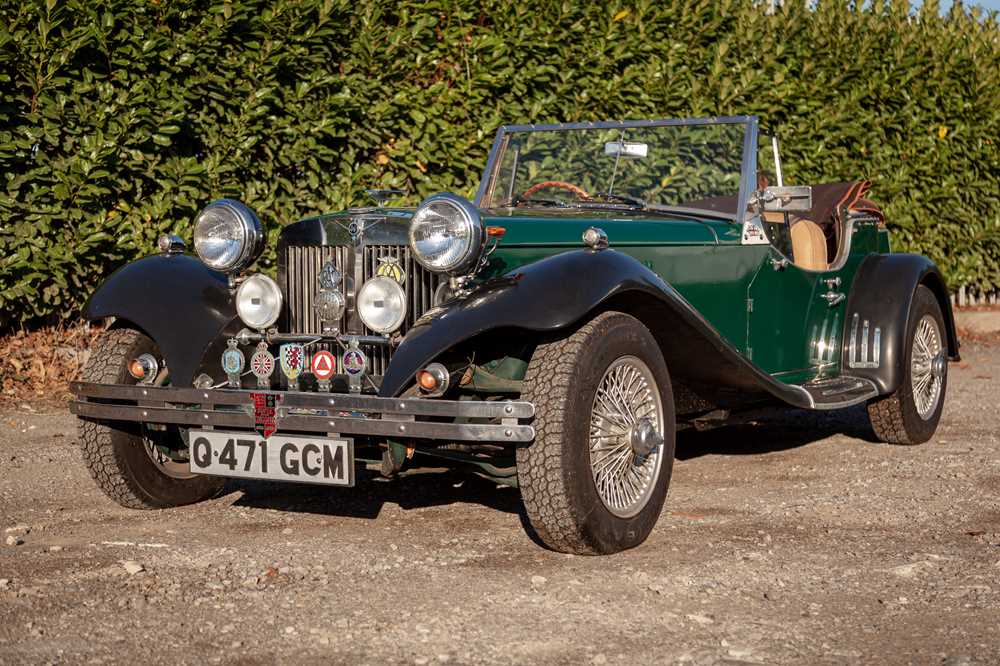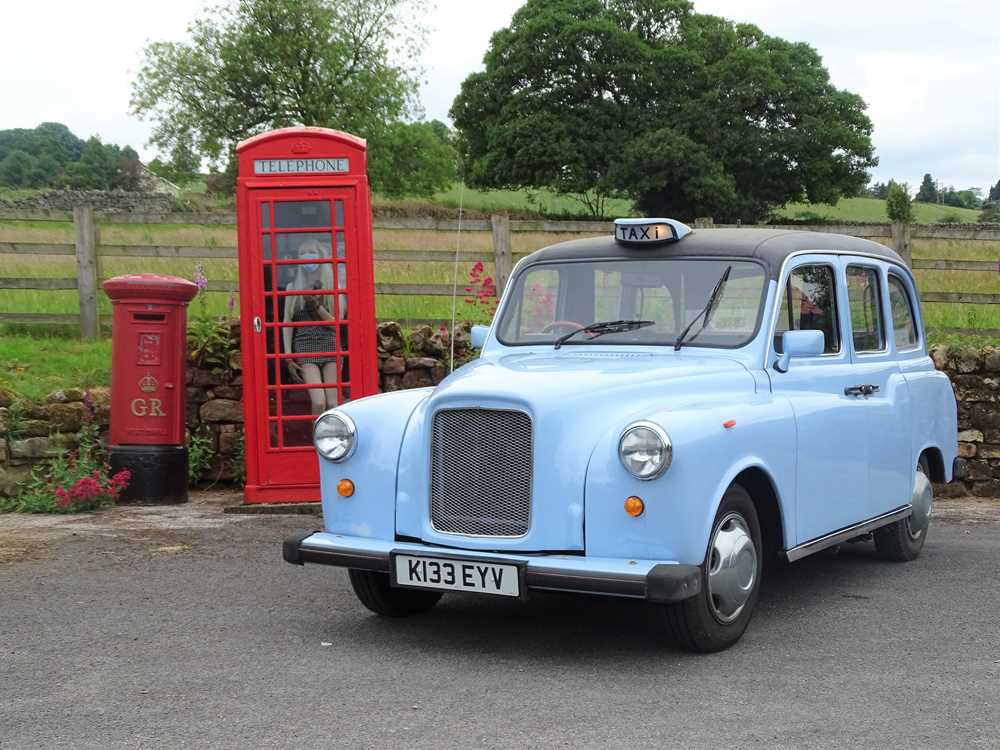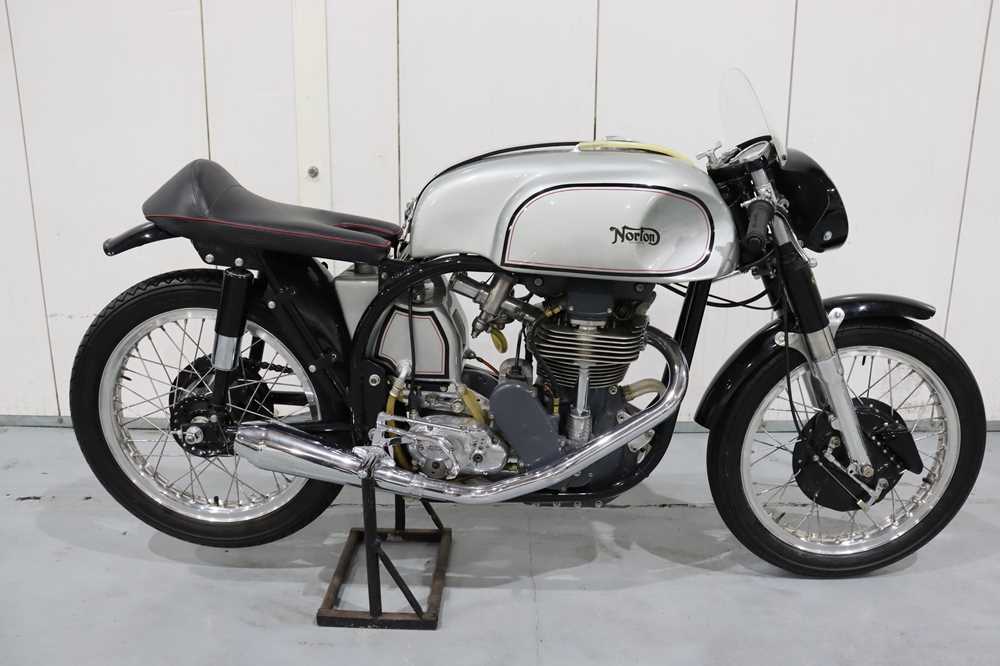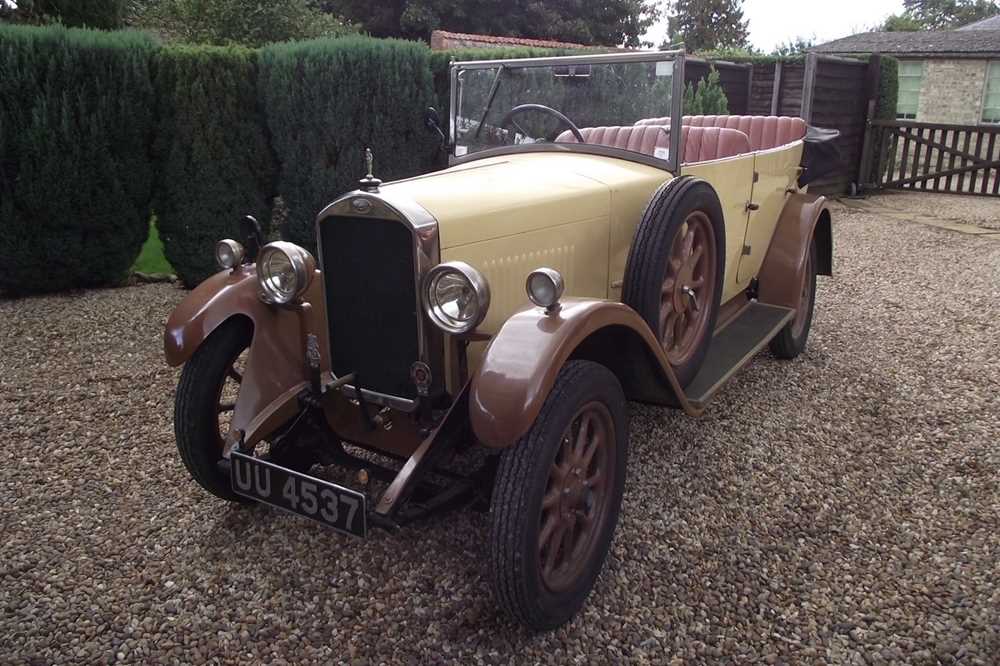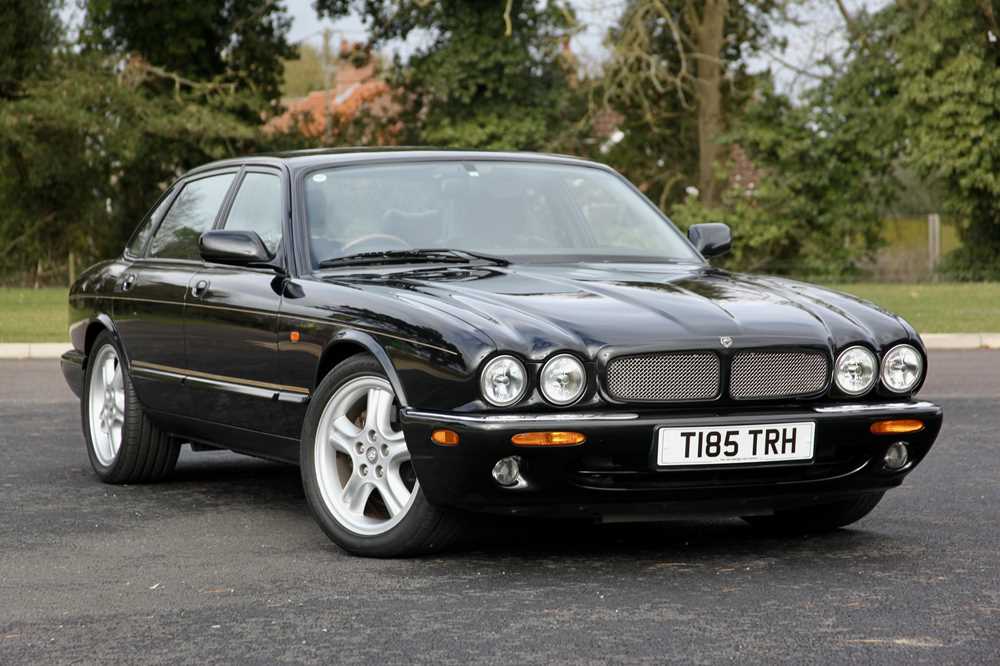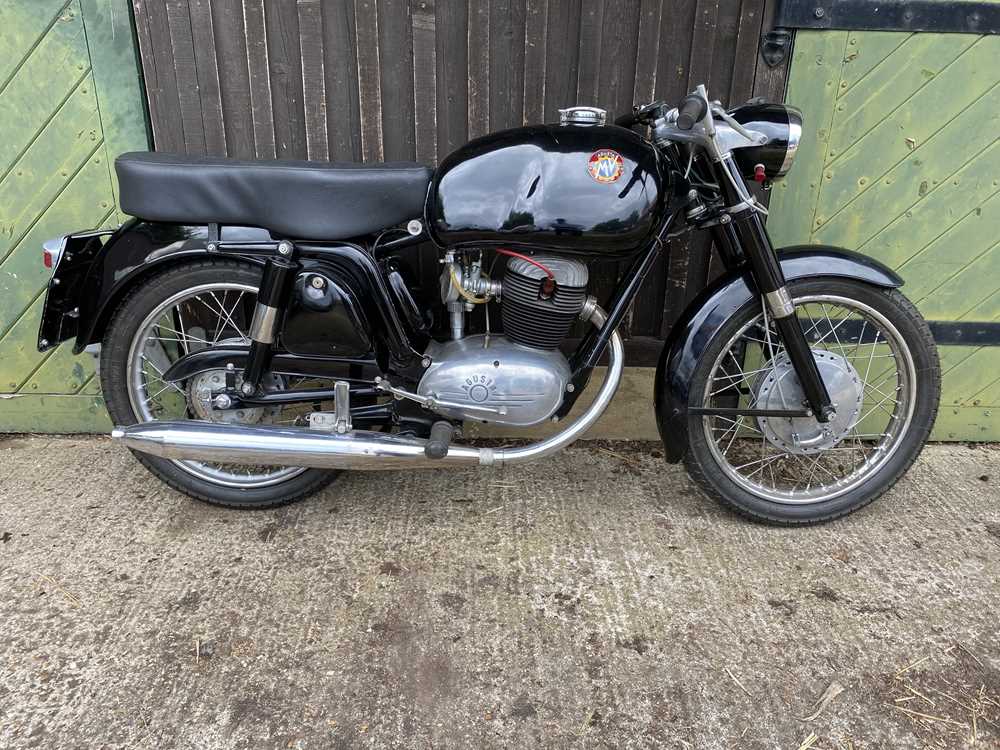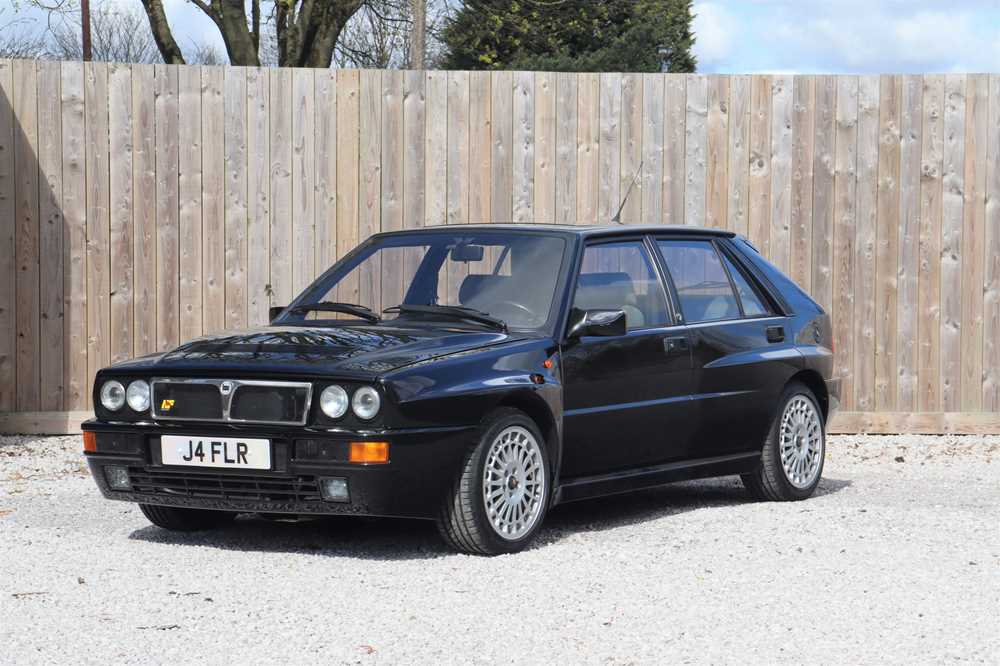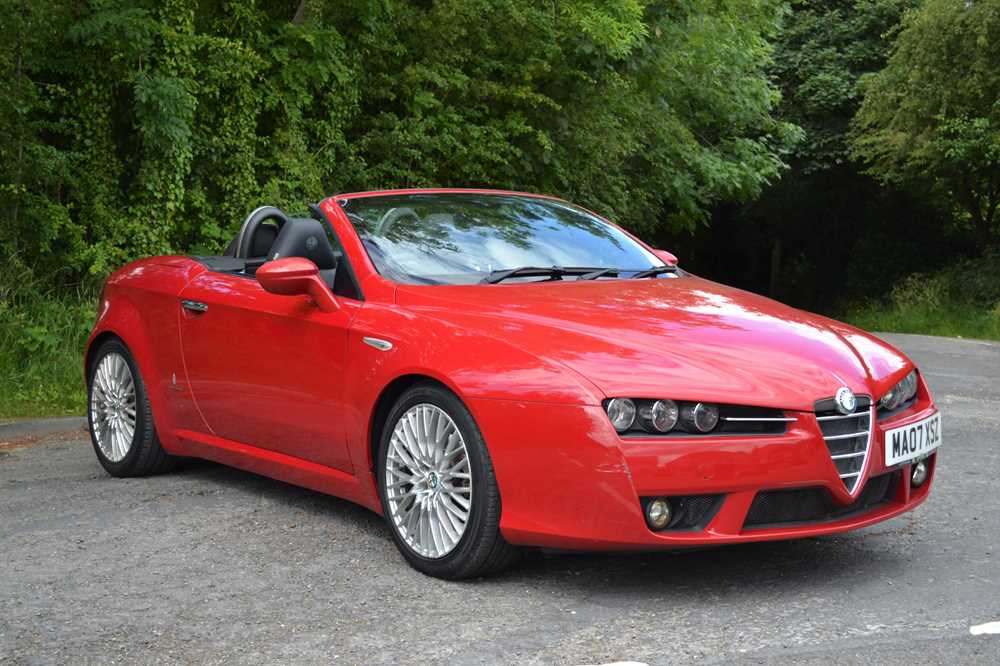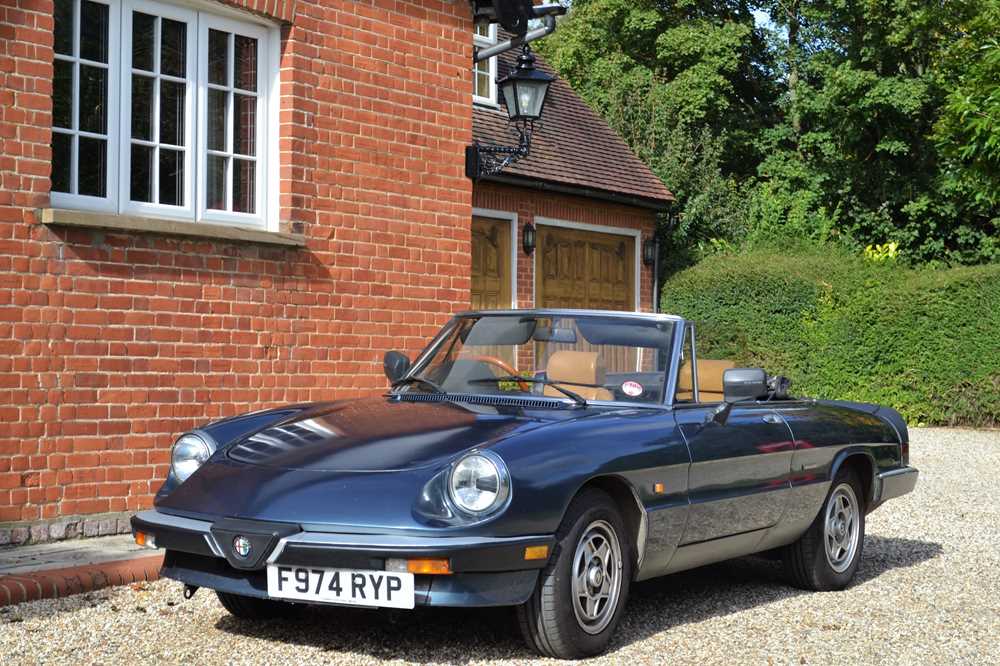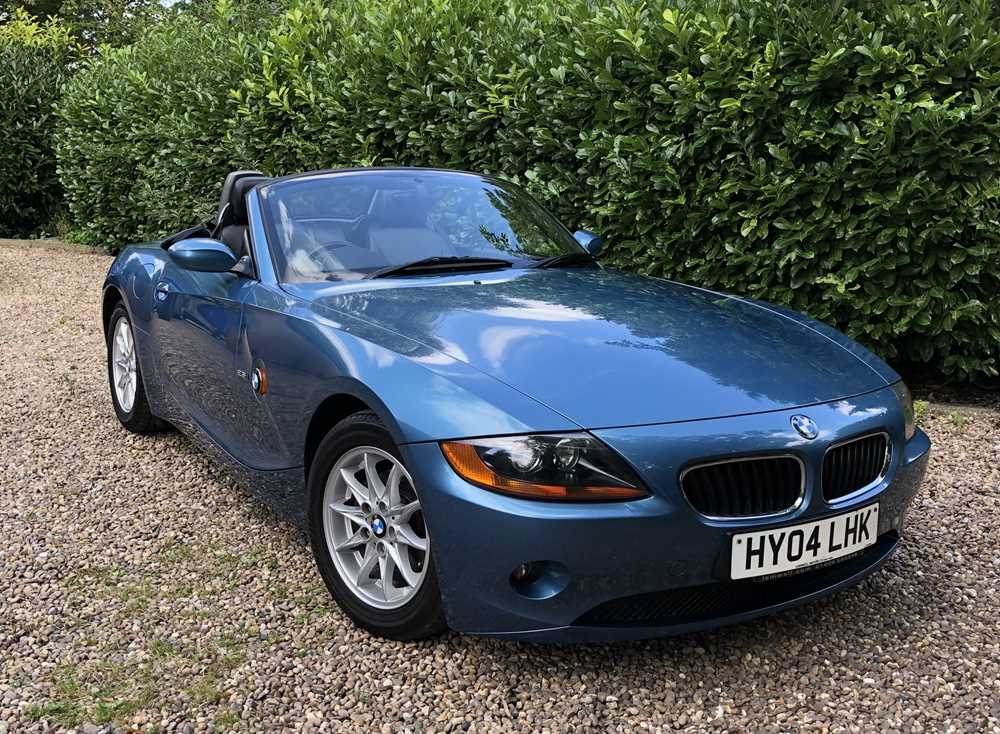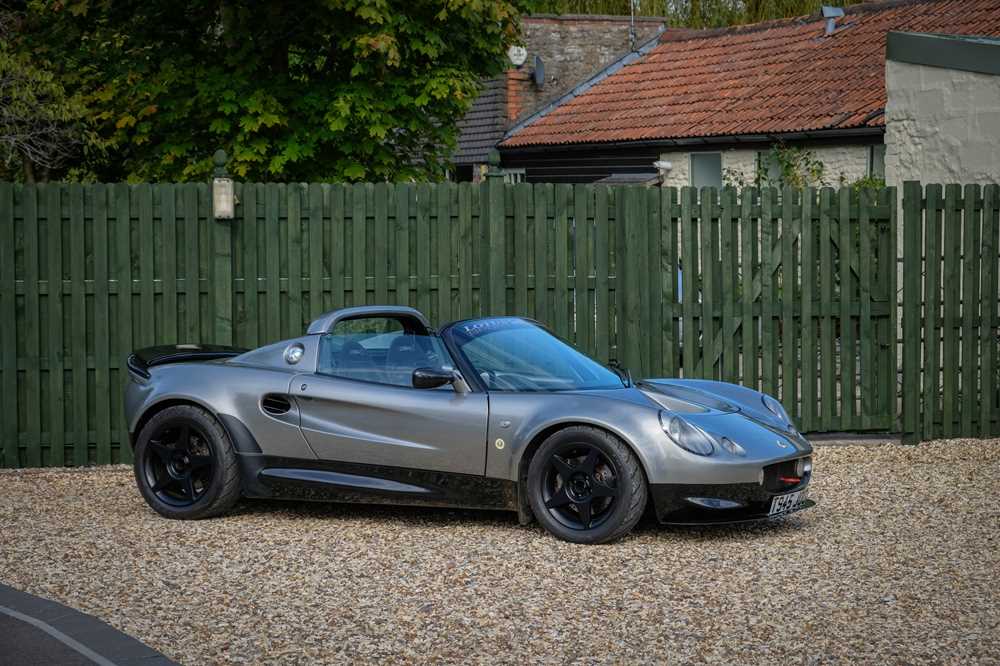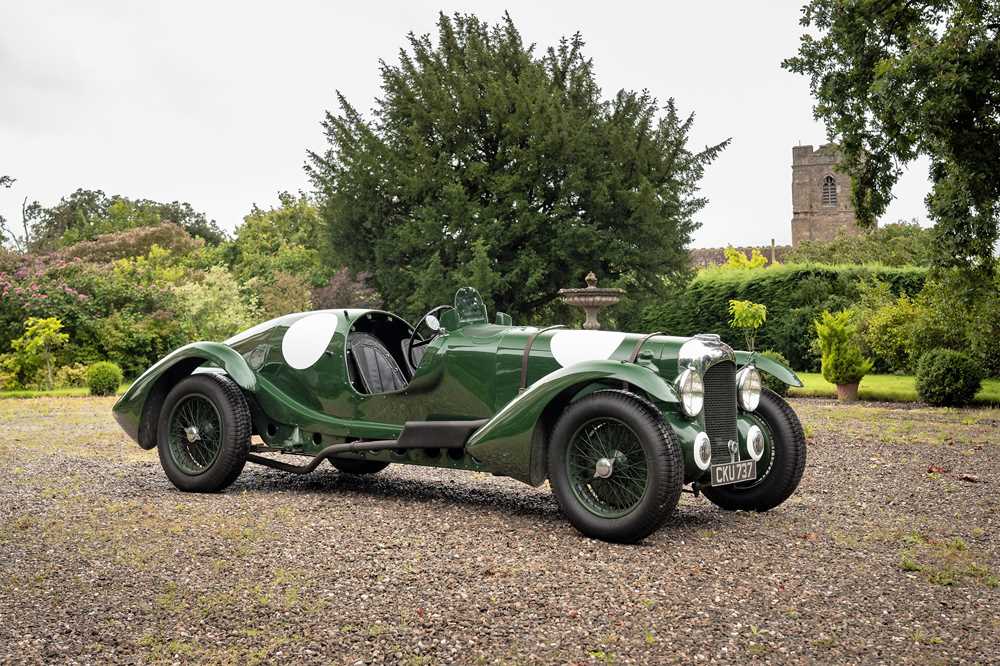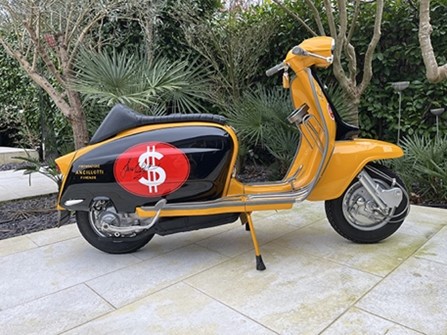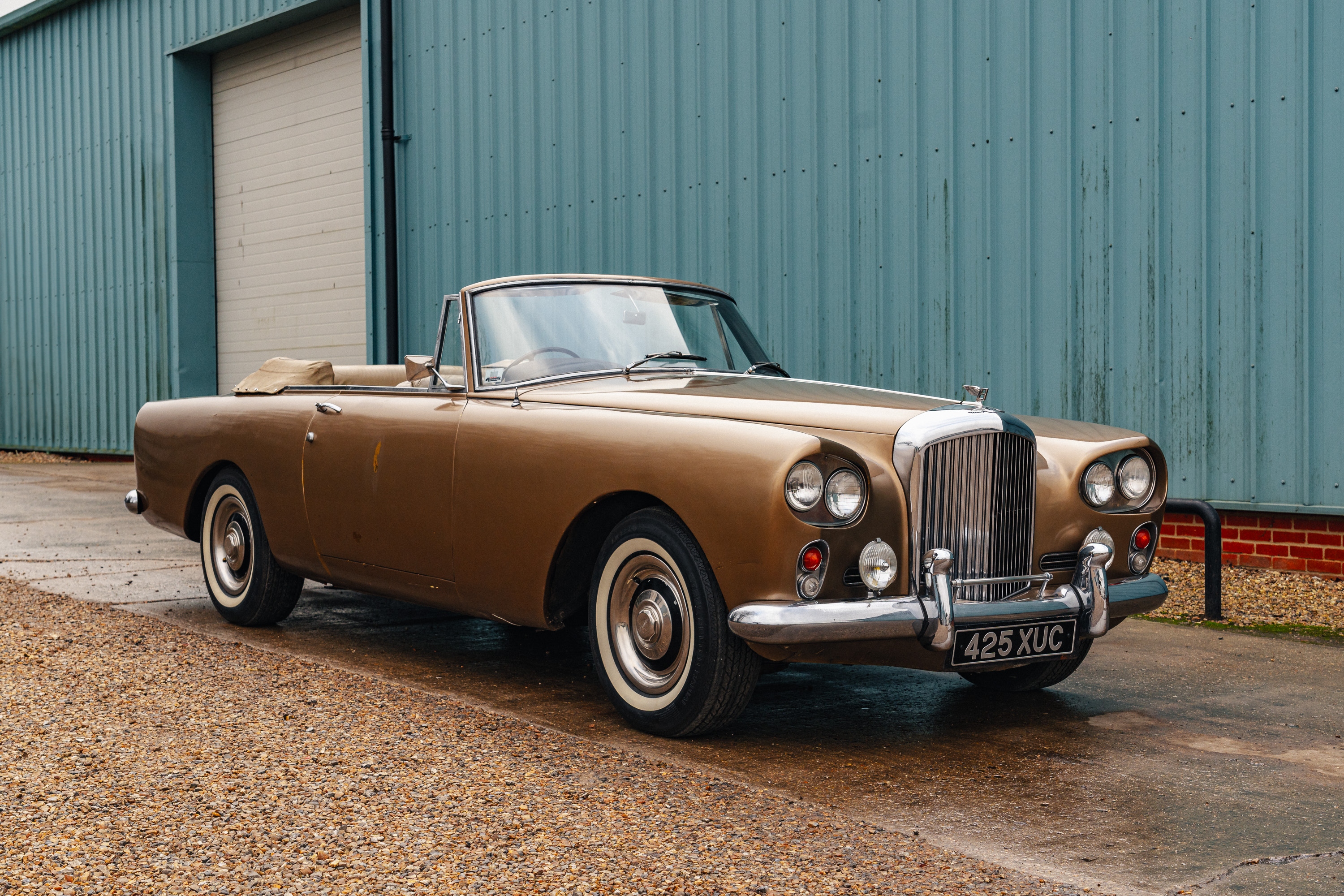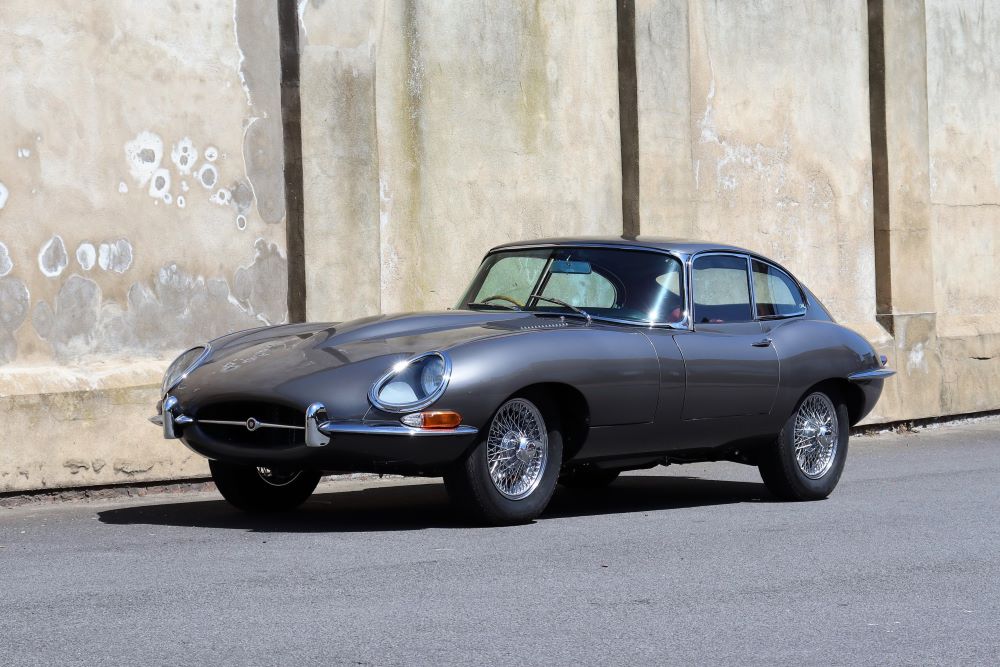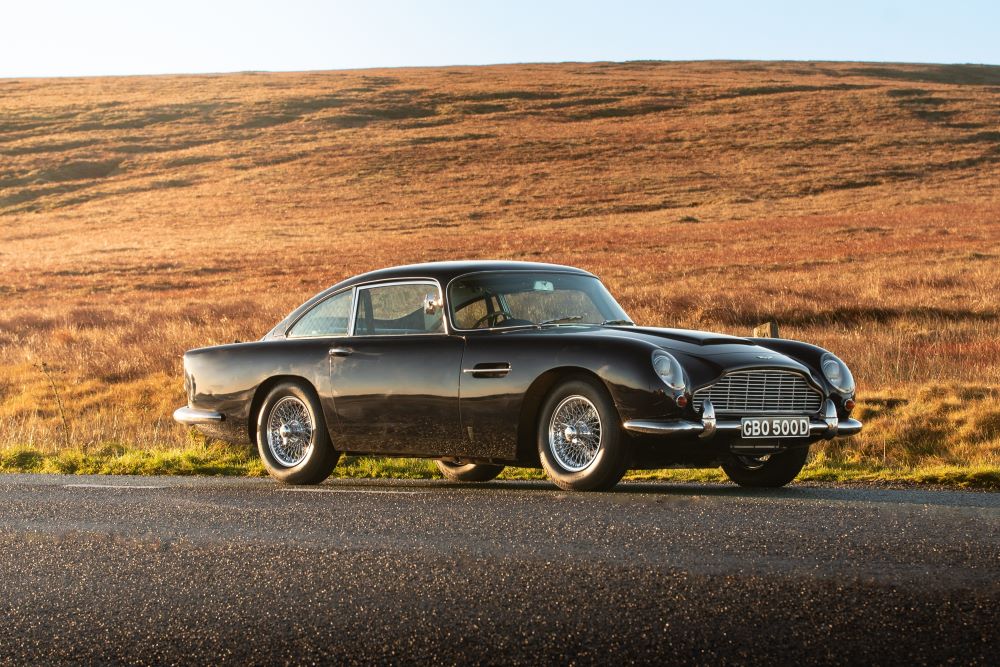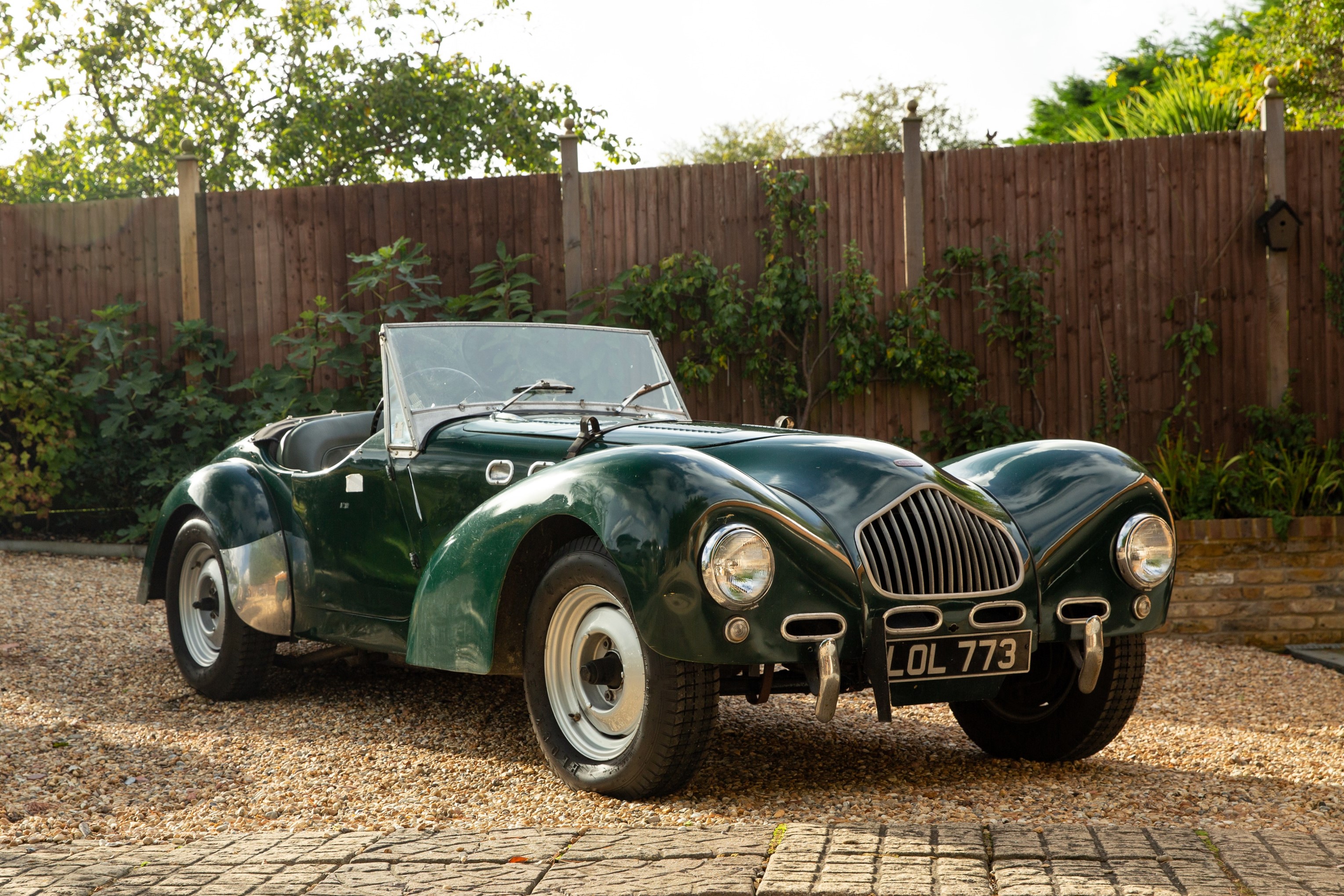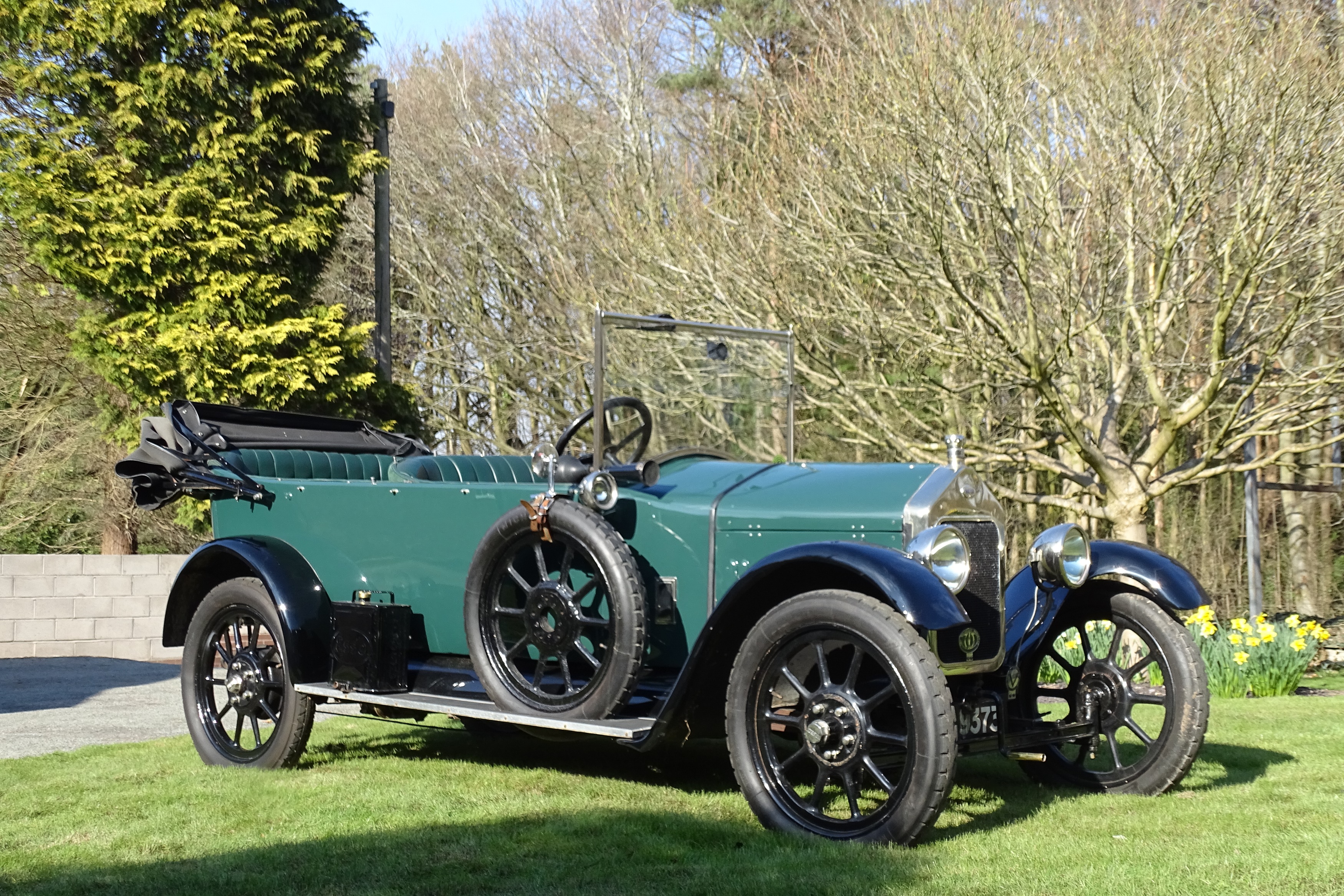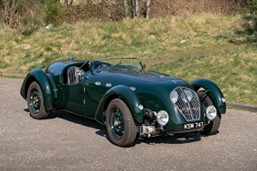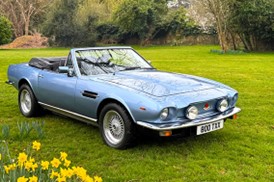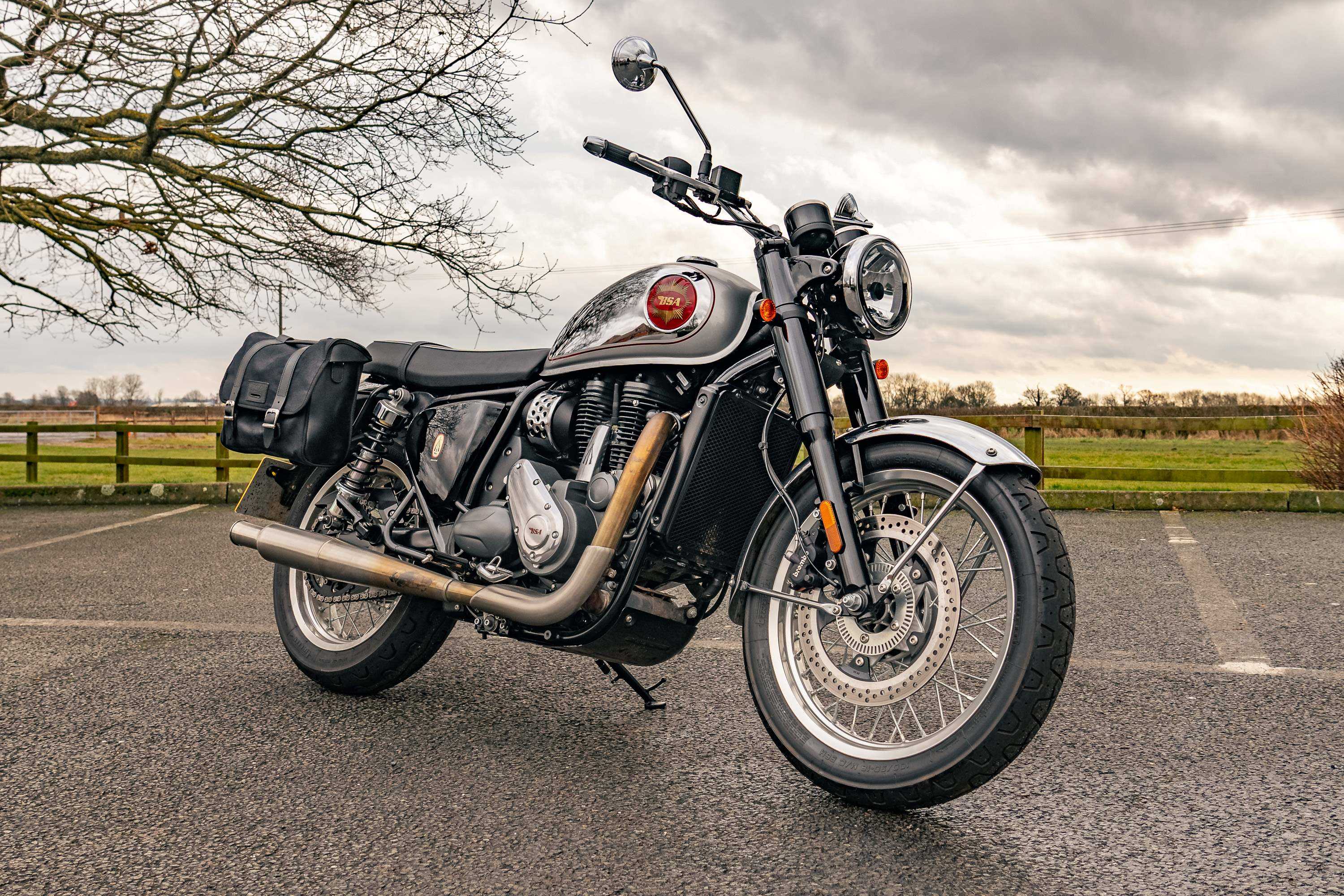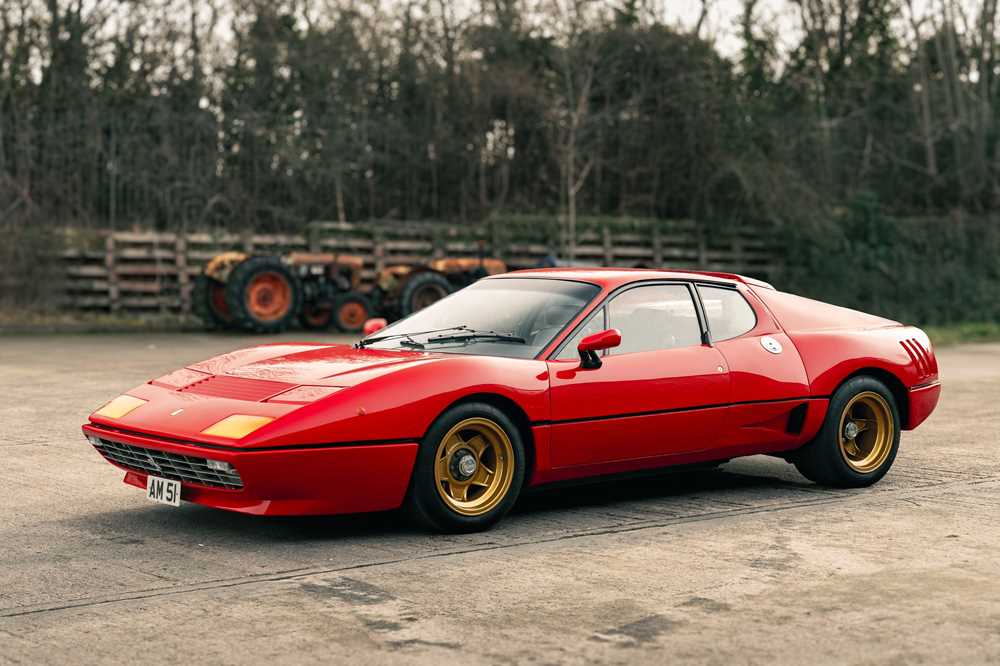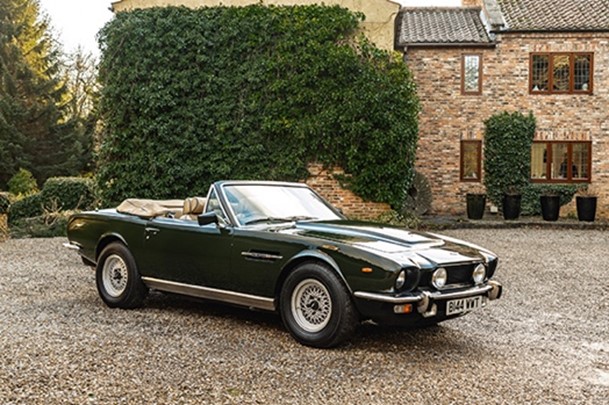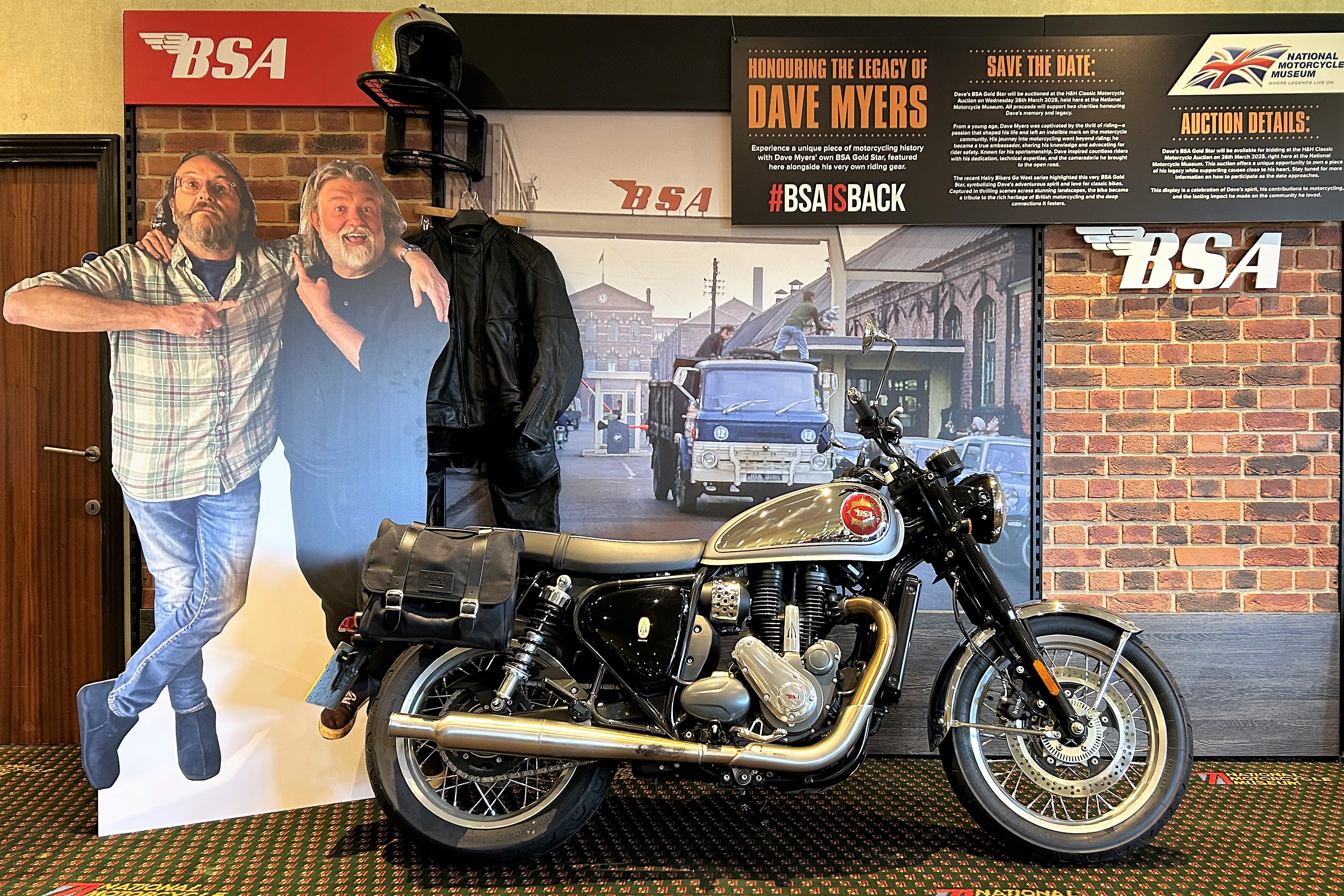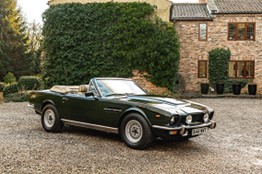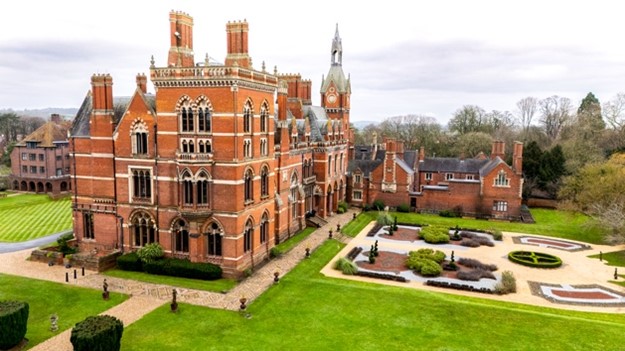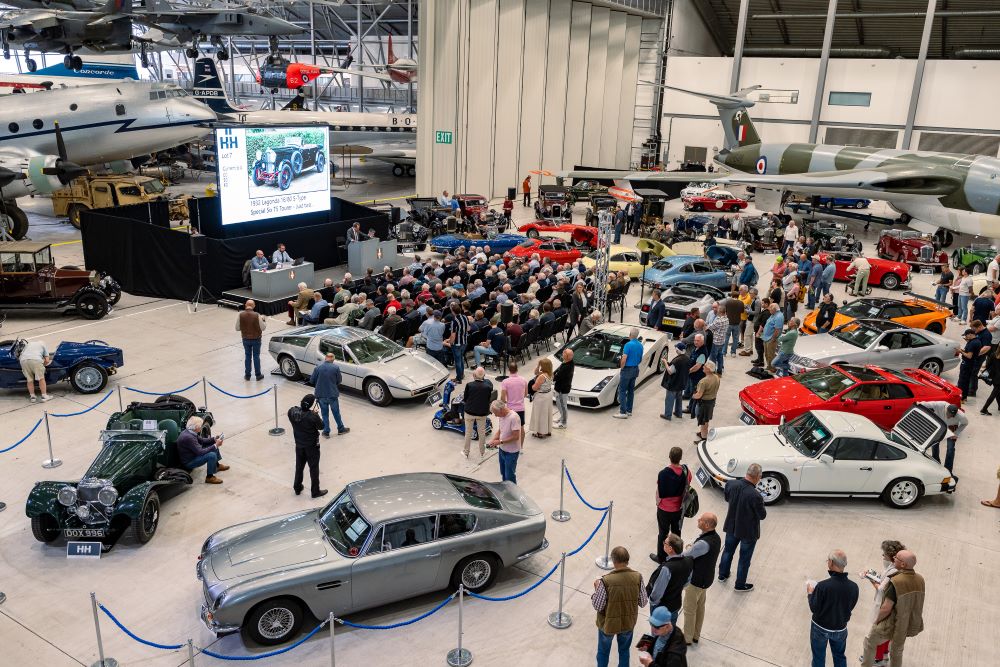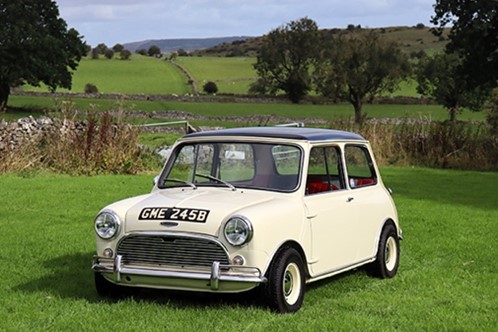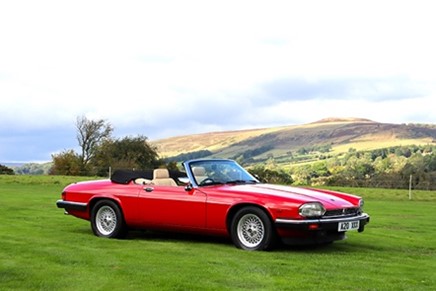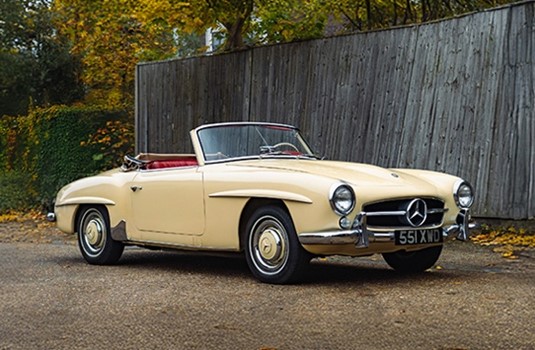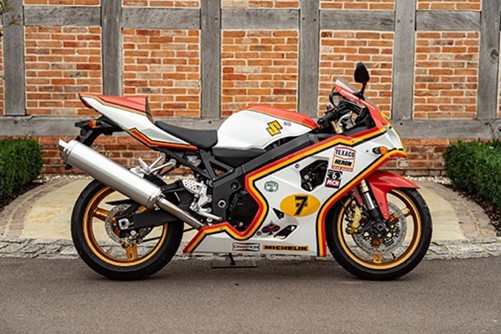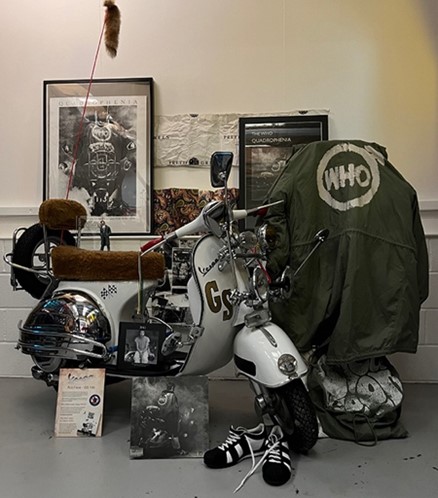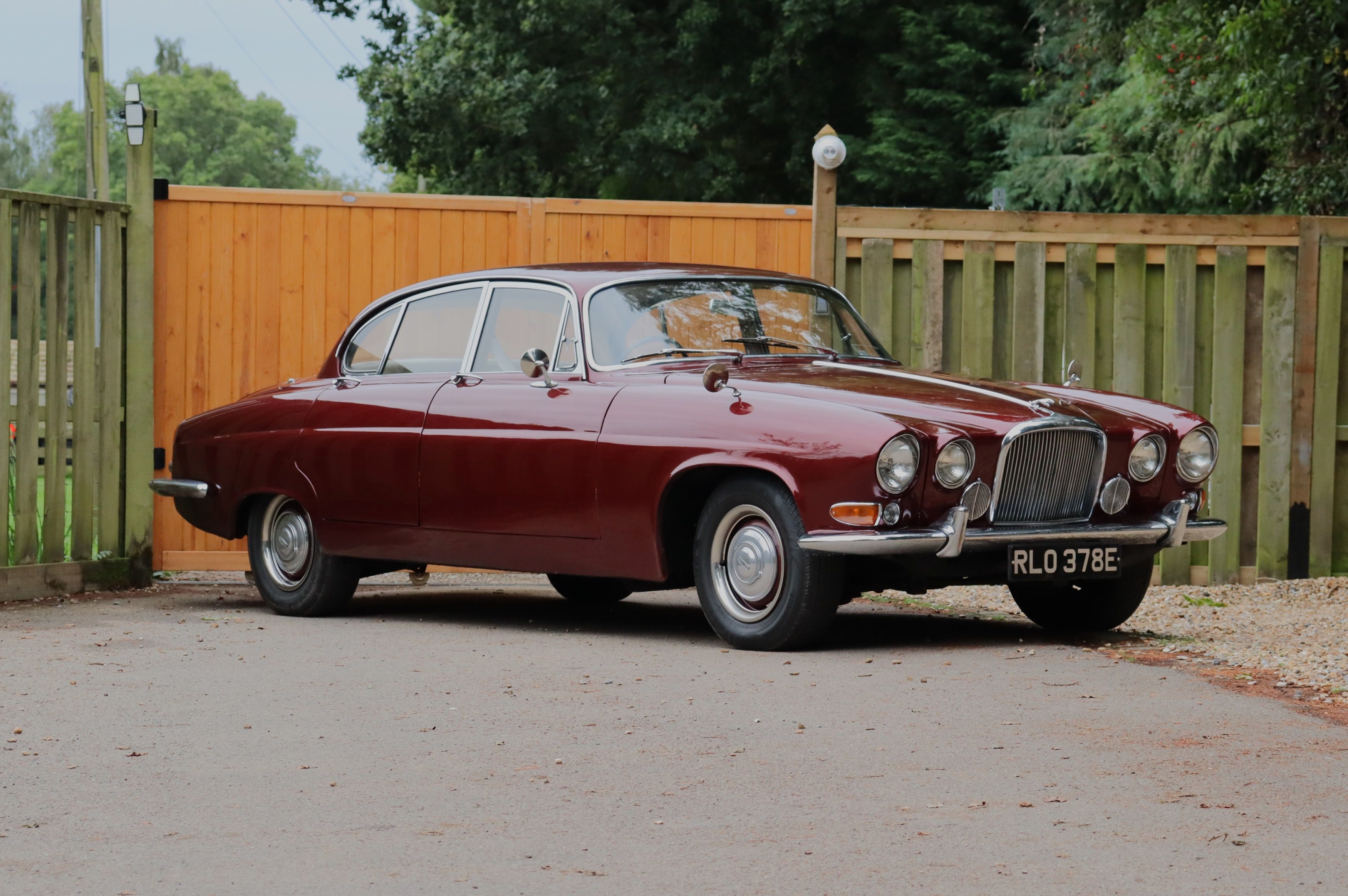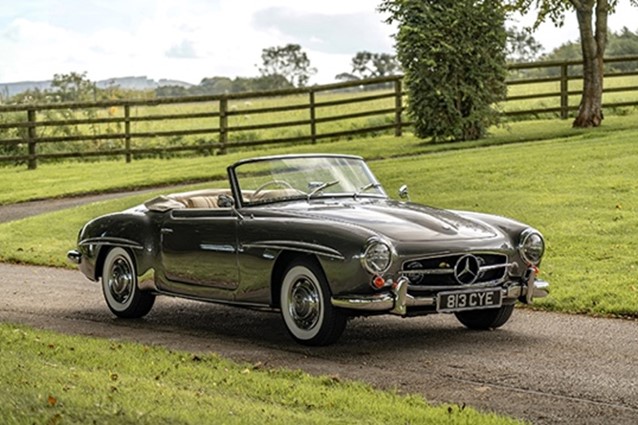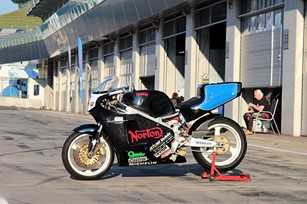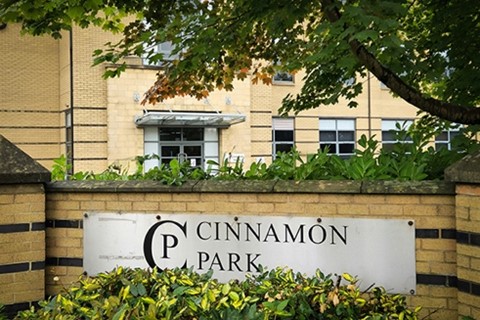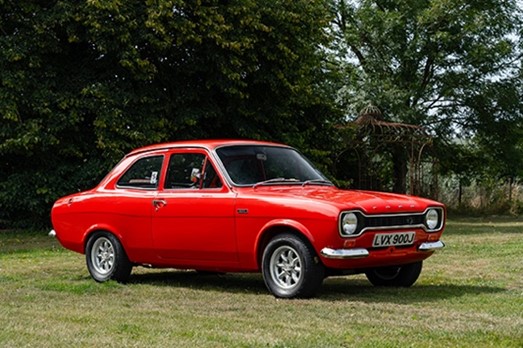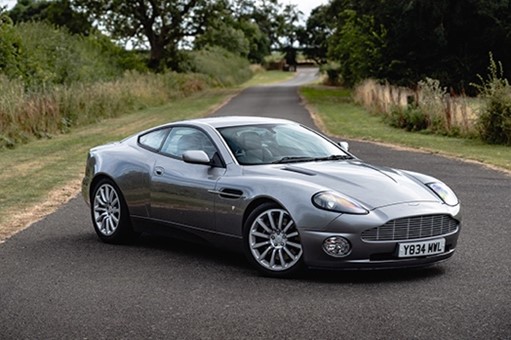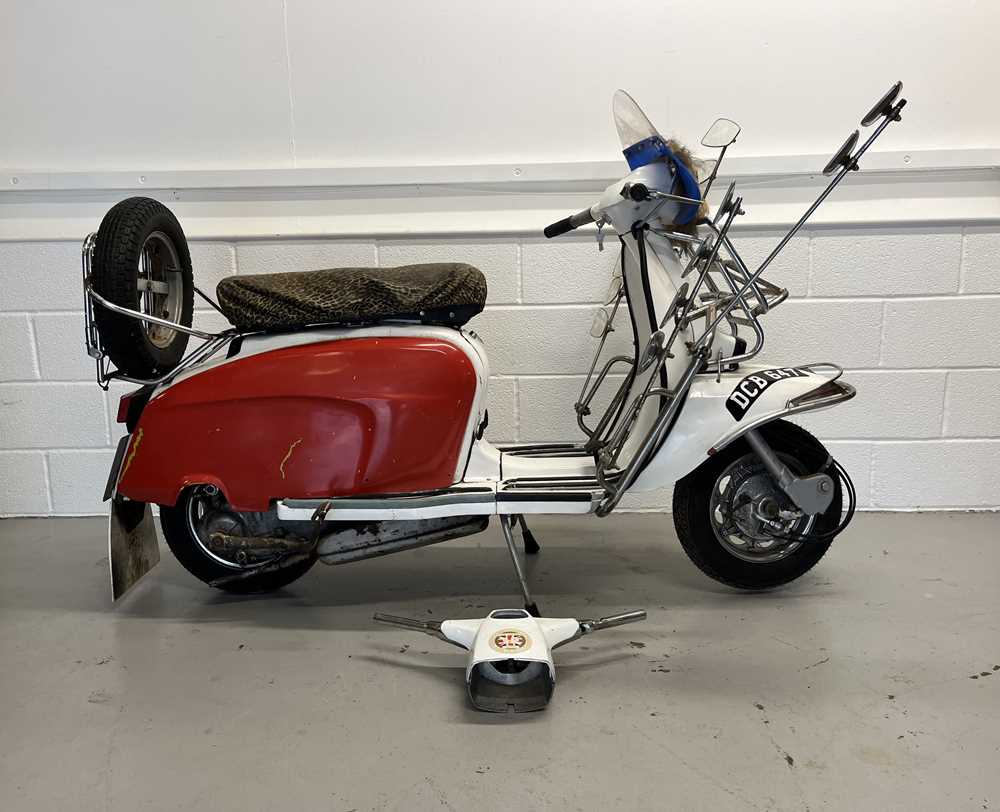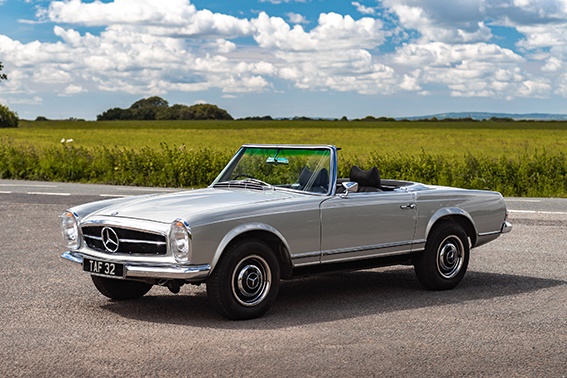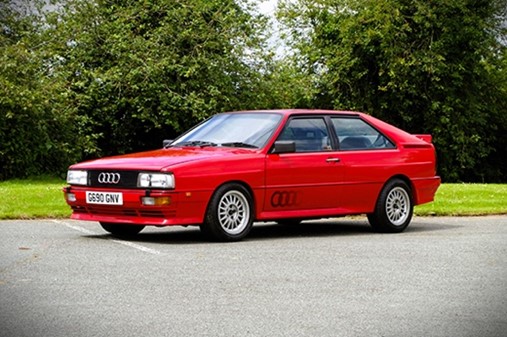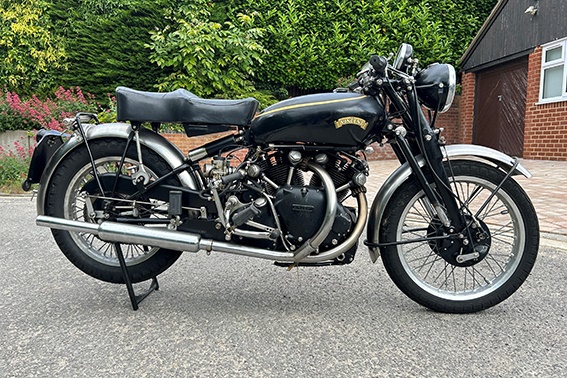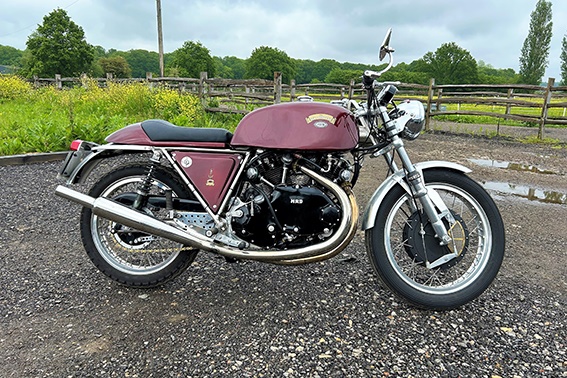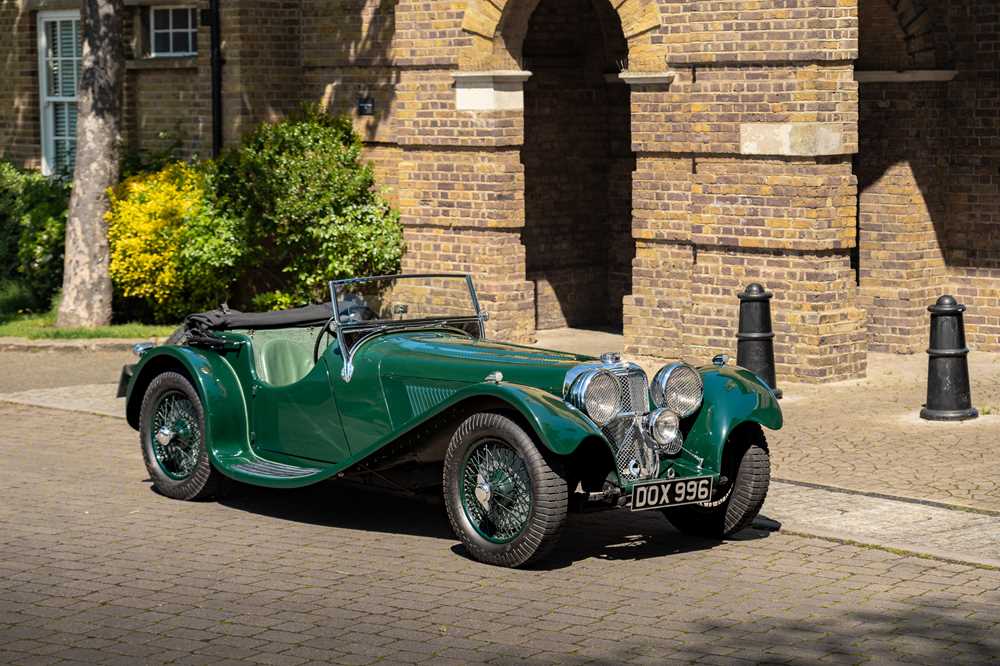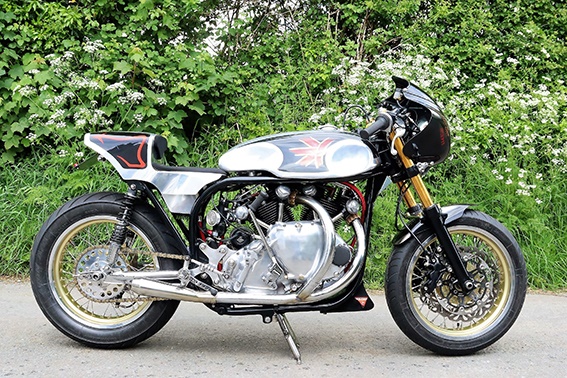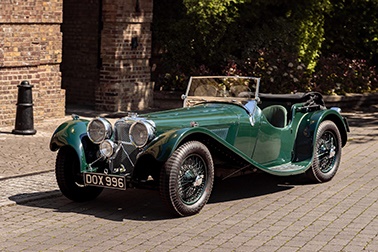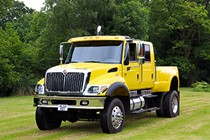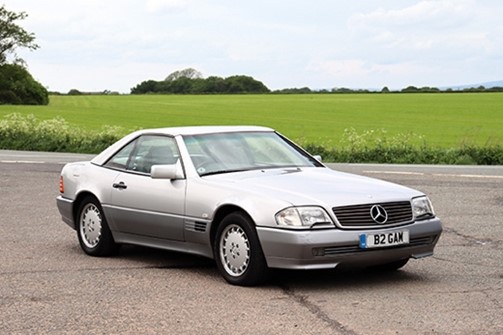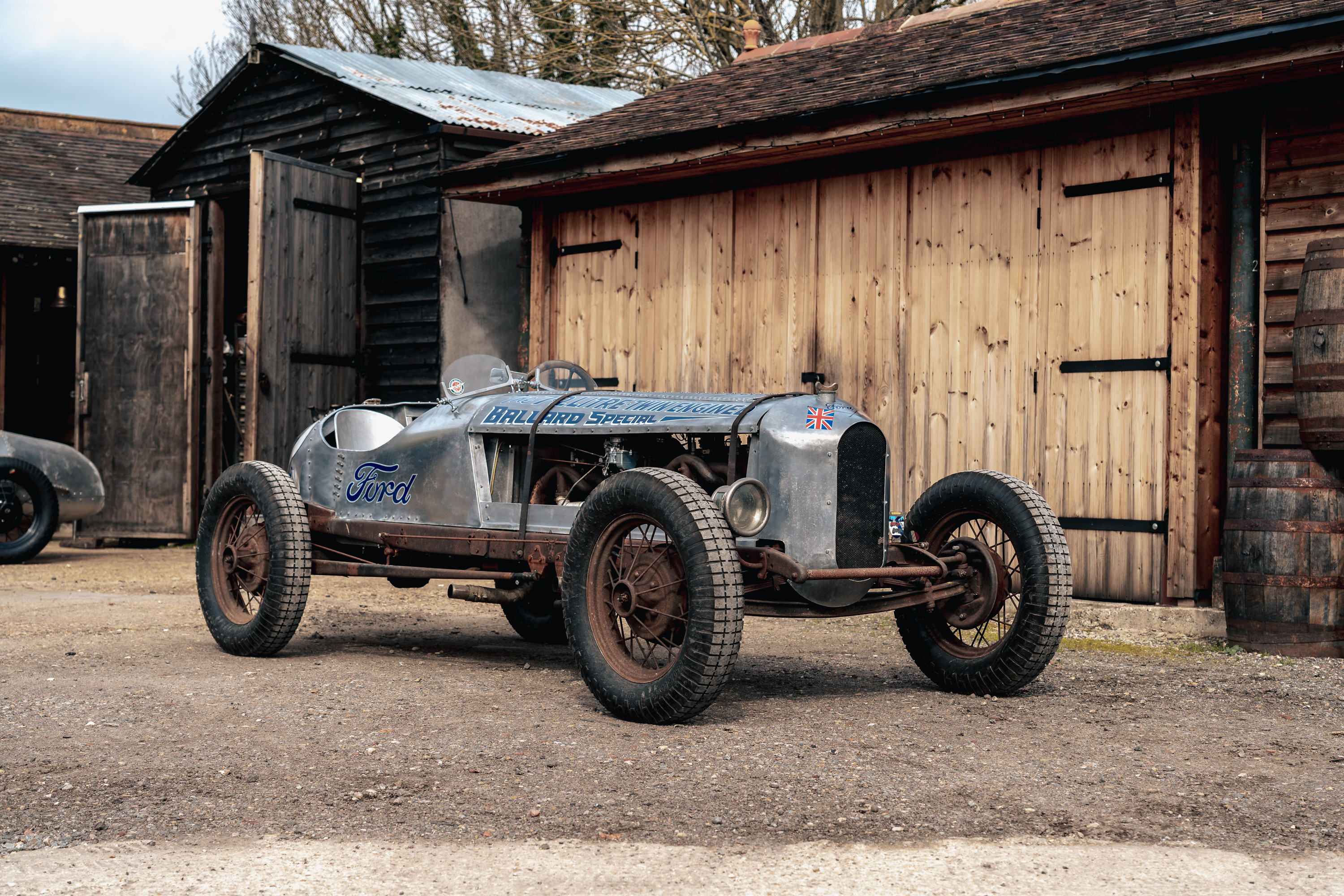4th Dec, 2002 0:00
The Pavilion Gardens

1931 Bugatti Type 50 Regulation Le Mans Tourer
Lot details
Registration No: DAR 349
Chassis No: 50143
Mot Expiry: June 2003
H&H is delighted to be auctioning a very serious motor car indeed, a 1931 Bugatti with prewar Le Mans and Prescott provenance that has been well restored and maintained by the leading marque specialist.
In late 1930, Bugatti produced his first twin cam engined model, the large and luxurious Type 50. The chassis was virtually identical to that fitted to the current Type 46, except that its wheelbase was reduced from 3.5 to 3.1 metres, and its axles, steering and transmission were carried over directly from the earlier model, which remained in production alongside its new stablemate.
The construction of the bottom end of its engine was also similar to that of the Type 46 with its crankshaft carried in nine main bearings, the upper halves of which were integral with the integral cylinder block and head, and its complex camshaft driven by vertical shaft from the front. By utilising a large cylinder bore in conjunction with a greatly reduced stroke, the engine capacity of the new model was reduced from 5.3 to 4.9 litres.
Instead of the three vertical valves per cylinder of the Type 46 however, the new engine featured a classical hemispeherical cylinder with two valves per cylinder inclined at 90 per cent to one another. The valves were operated directly by bucket tappets from the twin camshafts, an arrangement used by American Miller race engines, which Bugatti had tested and found to generate a substantially higher power output than his previous oudated design. Unlike the Type 46, the new Type 50 was offered from the outset only in supercharged form, giving around 225bhp at 4000rpm as standard and considerably more in racing tune, backed up by massive torque levels across the entire range of engine speeds.
Although intended primarily as a high performance luxury model, Bugatti could foresee its suitability for long distance sports car racing as epitomized by the Le Mans 24 hours, where successful participation would generate a huge amount of favourable publicity and the winning marque could gain great commercial benefit. Accordingly, a team of works cars was prepared for the 1931 racing season with regs-compliant 4-seater, fabric-covered and therefore lightweight coachwork, cycle wings, aeroscreens and the standard model's knock-on alloys.
A 3-car works team were reckoned to be potential Le Mans victors, but one of them crashed heavily just before the Mulsanne straight, killing a spectator, and the others were promptly withdrawn. A pair of privately run Type 50s contested the 1933 race, one of them running in fifth place at half distance before retiring. In 1934, a works Type 50 retired from a strong third place through big end failure at one third distance. Another works Type 50 even led the 1935 race, but went out with axle trouble after 16 hours.
For the 1935 race, privateer Richard Delavau had purchased a Type 50, chassis number 50143, which had been fitted with Figoni coupe coachwork for Parisian banker Antoine Schumann, who took delivery 4 Dec 1931. In preparation for the race, Delavau removed the car's body and sold it back to Figoni, replacing it with genuine Type 50 Le Mans coachwork which he managed to obtain directly from the Bugatti factory. He then received assistance from factory driver Maurice Rost, who had crashed in 1931 and who helped him bring the car up to the same specification as the factory cars. But Delavau's co-pilote, his one-eyed cousin Jacques de Valence, had the misfortune to crash the car during the last night-time practice session, forcing them to withdraw their entry.
Many years later, photos of Delavau's Type 50 at Le Mans in 1935, obtained from his mechanic Paul Delaitre, confirmed beyond doubt that this was the same Le Mans Type 50 which Jack Lemon Burton imported to England 27 April 1937. JLB had purchased it in France, paying £240 plus £80 import duty, and sold it 31 May 1937 for £350 to Jack Crowther of Bushey, in whose name it was then registered DAR 349 by the Hertfordshire registration authorities. Thereafter, it became a well known car within the Bugatti Owners Club, firstly with the Crowthers and then, postwar until his death in 1949, by Kenneth Bear, who had paid the Crowthers £500 for it upon the outbreak of war in 1939.
Crowther made his debut in the car being auctioned today at the Sept 1937 Shelsey Walsh meeting, setting a best time of 47.8 sec. He then competed in the car at the very first Prescott meeting 15 May 1938, setting a time of 55.31 sec, which he improved to 55.03 sec in July 1939. Immediately after the war, Bear then lowered the car's coachwork and competed at four BOC Prescott hillclimbs in 1946, setting a best time of 52.06 sec. In 1947, he competed three more times at Prescott, improving his time to 51.92 sec.
Following Bear's death at the wheel of his Bugatti Type 59 during practice for the Jersey International Road Race 27 April 1949, his Type 50 Le Mans Bugatti, together with his damaged Type 59, passed to his racing mechanic H A Stafford East of Chesham Bois. In order to qualify for the flat-rate £10 road tax, he had the car re-registered Aug 1950 with NPP 128 by his local Buckinghamshire registration licensing office, although it seems that it then saw little use during the remainder of his period of ownership.
In 1984, the car was acquired by Mrs Ann (Mouse) Davies of Hitchin, Herts, and over the following years, it was meticulously restored for her by Robert Land of Northamptonshire. More recently, some finishing work and final tuning was completed by Bugatti specialists Ivan Dutton Limited of Ickford, Bucks. Tim Dutton drove the car to the inaugural Rockingham race meeting May 2001, when it made its first major public appearance for over fifty years and was the star attraction of the Bugatti Owners Club display. Following Mrs Davies death and a recent mechanical check-up by Ivan Dutton, it has been consigned to this sale.
The car retains all its original major components and has been superbly restored over recent years, both mechanically and cosmetically, to return it to the condition in which it was prepared for the 1935 Le Mans 24-hour race. Of the only 65 Type 50s made, just four of them were to Le Mans spec and only two of them have survived. This one has fully documented history from new, since when its total road mileage is reckoned to have been remarkably low, and negligible since its restoration.
According to the entrant, the coachwork and interior in blue, and 4972cc straight-8 twin-cam engine and 3-speed gearbox, are all in absolutely immaculate condition. Indeed, the famous Bug performed well during a road test for the December edition of Classic Cars magazine.
Needless to say, the documents file for 50143 is super-impressive and includes FIA papers, which authenticate car and specification and enable it to compete in the world's top events. This highly desirable thoroughbred would be equally at home, of course, being exercised on the track or touring in the grandest possible manner. Such style, such history. Formidable!
Registration No: DAR 349
Chassis No: 50143
Mot Expiry: June 2003
H&H is delighted to be auctioning a very serious motor car indeed, a 1931 Bugatti with prewar Le Mans and Prescott provenance that has been well restored and maintained by the leading marque specialist.
In late 1930, Bugatti produced his first twin cam engined model, the large and luxurious Type 50. The chassis was virtually identical to that fitted to the current Type 46, except that its wheelbase was reduced from 3.5 to 3.1 metres, and its axles, steering and transmission were carried over directly from the earlier model, which remained in production alongside its new stablemate.
The construction of the bottom end of its engine was also similar to that of the Type 46 with its crankshaft carried in nine main bearings, the upper halves of which were integral with the integral cylinder block and head, and its complex camshaft driven by vertical shaft from the front. By utilising a large cylinder bore in conjunction with a greatly reduced stroke, the engine capacity of the new model was reduced from 5.3 to 4.9 litres.
Instead of the three vertical valves per cylinder of the Type 46 however, the new engine featured a classical hemispeherical cylinder with two valves per cylinder inclined at 90 per cent to one another. The valves were operated directly by bucket tappets from the twin camshafts, an arrangement used by American Miller race engines, which Bugatti had tested and found to generate a substantially higher power output than his previous oudated design. Unlike the Type 46, the new Type 50 was offered from the outset only in supercharged form, giving around 225bhp at 4000rpm as standard and considerably more in racing tune, backed up by massive torque levels across the entire range of engine speeds.
Although intended primarily as a high performance luxury model, Bugatti could foresee its suitability for long distance sports car racing as epitomized by the Le Mans 24 hours, where successful participation would generate a huge amount of favourable publicity and the winning marque could gain great commercial benefit. Accordingly, a team of works cars was prepared for the 1931 racing season with regs-compliant 4-seater, fabric-covered and therefore lightweight coachwork, cycle wings, aeroscreens and the standard model's knock-on alloys.
A 3-car works team were reckoned to be potential Le Mans victors, but one of them crashed heavily just before the Mulsanne straight, killing a spectator, and the others were promptly withdrawn. A pair of privately run Type 50s contested the 1933 race, one of them running in fifth place at half distance before retiring. In 1934, a works Type 50 retired from a strong third place through big end failure at one third distance. Another works Type 50 even led the 1935 race, but went out with axle trouble after 16 hours.
For the 1935 race, privateer Richard Delavau had purchased a Type 50, chassis number 50143, which had been fitted with Figoni coupe coachwork for Parisian banker Antoine Schumann, who took delivery 4 Dec 1931. In preparation for the race, Delavau removed the car's body and sold it back to Figoni, replacing it with genuine Type 50 Le Mans coachwork which he managed to obtain directly from the Bugatti factory. He then received assistance from factory driver Maurice Rost, who had crashed in 1931 and who helped him bring the car up to the same specification as the factory cars. But Delavau's co-pilote, his one-eyed cousin Jacques de Valence, had the misfortune to crash the car during the last night-time practice session, forcing them to withdraw their entry.
Many years later, photos of Delavau's Type 50 at Le Mans in 1935, obtained from his mechanic Paul Delaitre, confirmed beyond doubt that this was the same Le Mans Type 50 which Jack Lemon Burton imported to England 27 April 1937. JLB had purchased it in France, paying £240 plus £80 import duty, and sold it 31 May 1937 for £350 to Jack Crowther of Bushey, in whose name it was then registered DAR 349 by the Hertfordshire registration authorities. Thereafter, it became a well known car within the Bugatti Owners Club, firstly with the Crowthers and then, postwar until his death in 1949, by Kenneth Bear, who had paid the Crowthers £500 for it upon the outbreak of war in 1939.
Crowther made his debut in the car being auctioned today at the Sept 1937 Shelsey Walsh meeting, setting a best time of 47.8 sec. He then competed in the car at the very first Prescott meeting 15 May 1938, setting a time of 55.31 sec, which he improved to 55.03 sec in July 1939. Immediately after the war, Bear then lowered the car's coachwork and competed at four BOC Prescott hillclimbs in 1946, setting a best time of 52.06 sec. In 1947, he competed three more times at Prescott, improving his time to 51.92 sec.
Following Bear's death at the wheel of his Bugatti Type 59 during practice for the Jersey International Road Race 27 April 1949, his Type 50 Le Mans Bugatti, together with his damaged Type 59, passed to his racing mechanic H A Stafford East of Chesham Bois. In order to qualify for the flat-rate £10 road tax, he had the car re-registered Aug 1950 with NPP 128 by his local Buckinghamshire registration licensing office, although it seems that it then saw little use during the remainder of his period of ownership.
In 1984, the car was acquired by Mrs Ann (Mouse) Davies of Hitchin, Herts, and over the following years, it was meticulously restored for her by Robert Land of Northamptonshire. More recently, some finishing work and final tuning was completed by Bugatti specialists Ivan Dutton Limited of Ickford, Bucks. Tim Dutton drove the car to the inaugural Rockingham race meeting May 2001, when it made its first major public appearance for over fifty years and was the star attraction of the Bugatti Owners Club display. Following Mrs Davies death and a recent mechanical check-up by Ivan Dutton, it has been consigned to this sale.
The car retains all its original major components and has been superbly restored over recent years, both mechanically and cosmetically, to return it to the condition in which it was prepared for the 1935 Le Mans 24-hour race. Of the only 65 Type 50s made, just four of them were to Le Mans spec and only two of them have survived. This one has fully documented history from new, since when its total road mileage is reckoned to have been remarkably low, and negligible since its restoration.
According to the entrant, the coachwork and interior in blue, and 4972cc straight-8 twin-cam engine and 3-speed gearbox, are all in absolutely immaculate condition. Indeed, the famous Bug performed well during a road test for the December edition of Classic Cars magazine.
Needless to say, the documents file for 50143 is super-impressive and includes FIA papers, which authenticate car and specification and enable it to compete in the world's top events. This highly desirable thoroughbred would be equally at home, of course, being exercised on the track or touring in the grandest possible manner. Such style, such history. Formidable!
Auction: The Pavilion Gardens, 4th Dec, 2002
All successful bids must be paid in full by midday the day after the auction at the latest.
You can collect your new pride and joy from our venue until 1pm the day following the sale or our partners are on hand to help arrange safe transportation:
Do you have an item to sell?
If so, contact one of our friendly specialists for your free valuation by completing the form below and someone will get back to you as quickly as possible.
If you prefer to speak to humans, don't hesitate to call our office on +44 (0)1925 210035
Other lots in this sale


